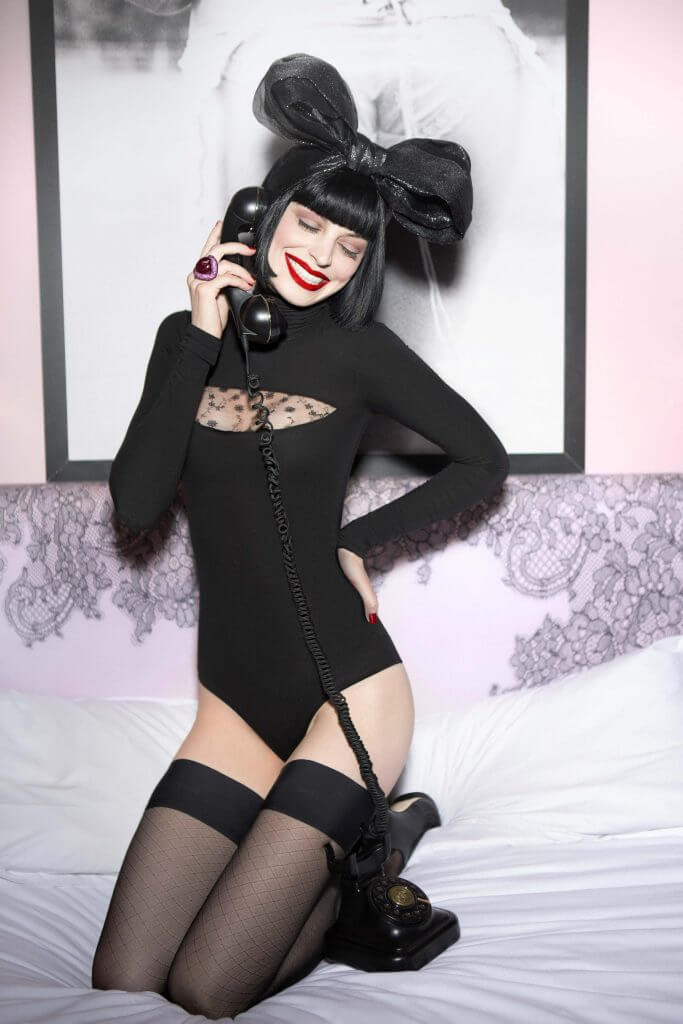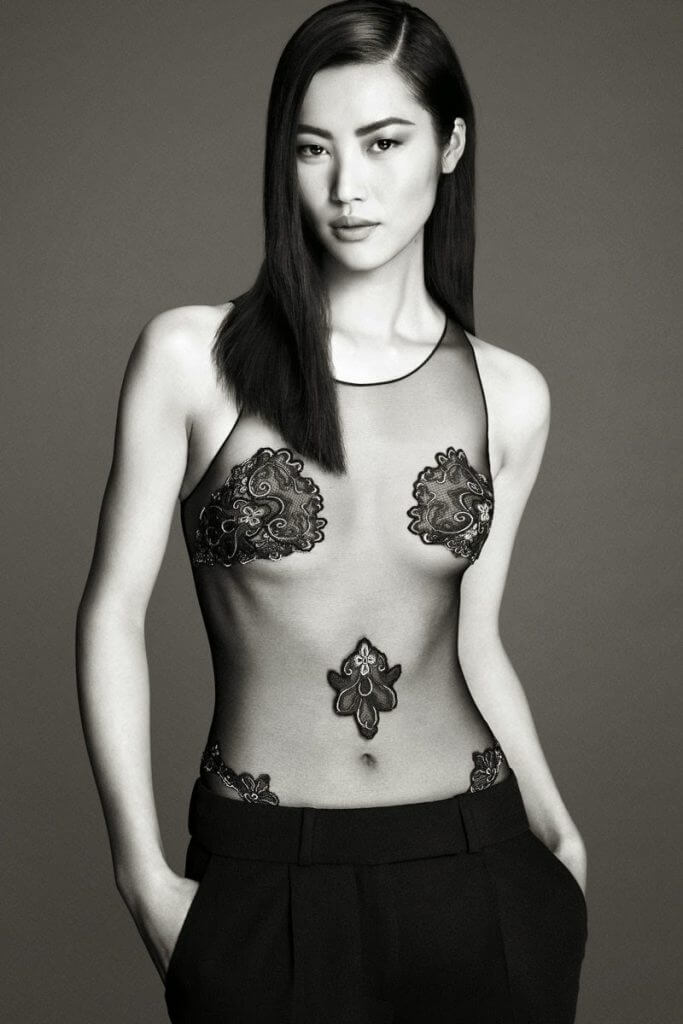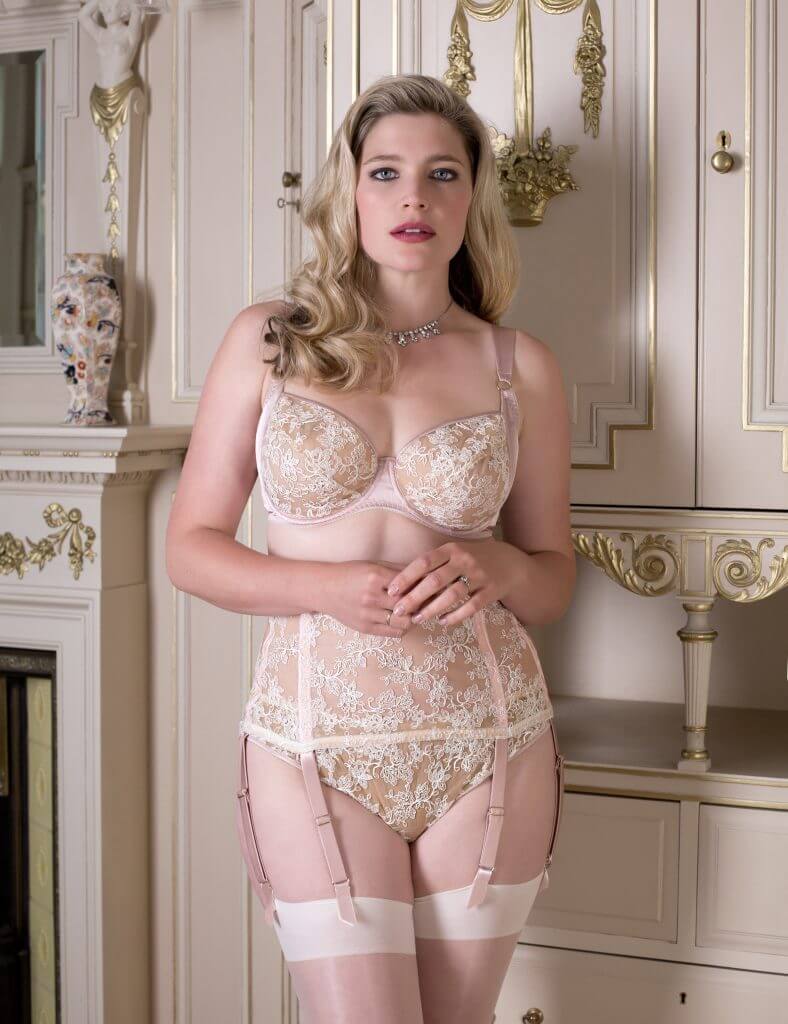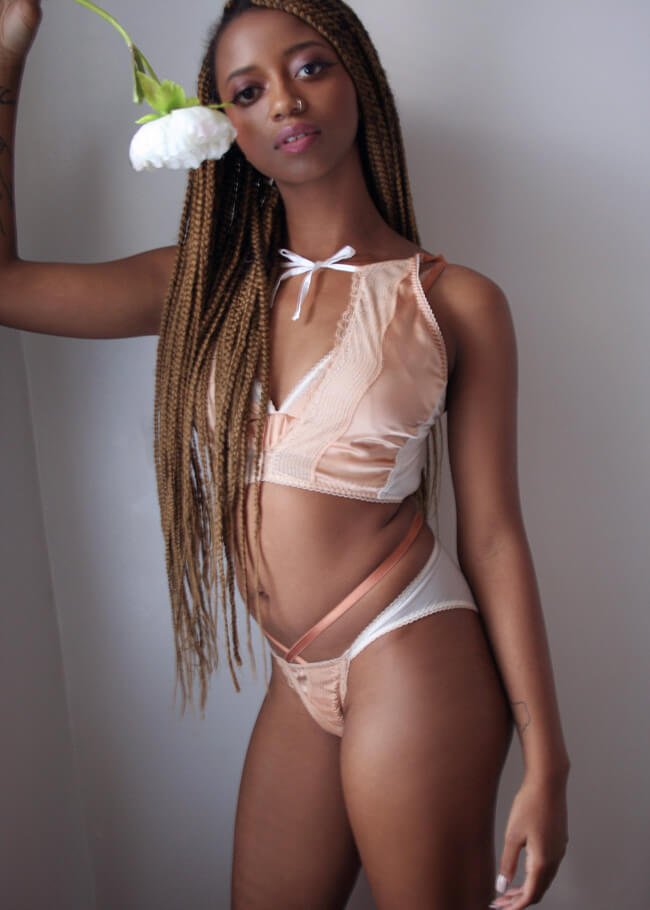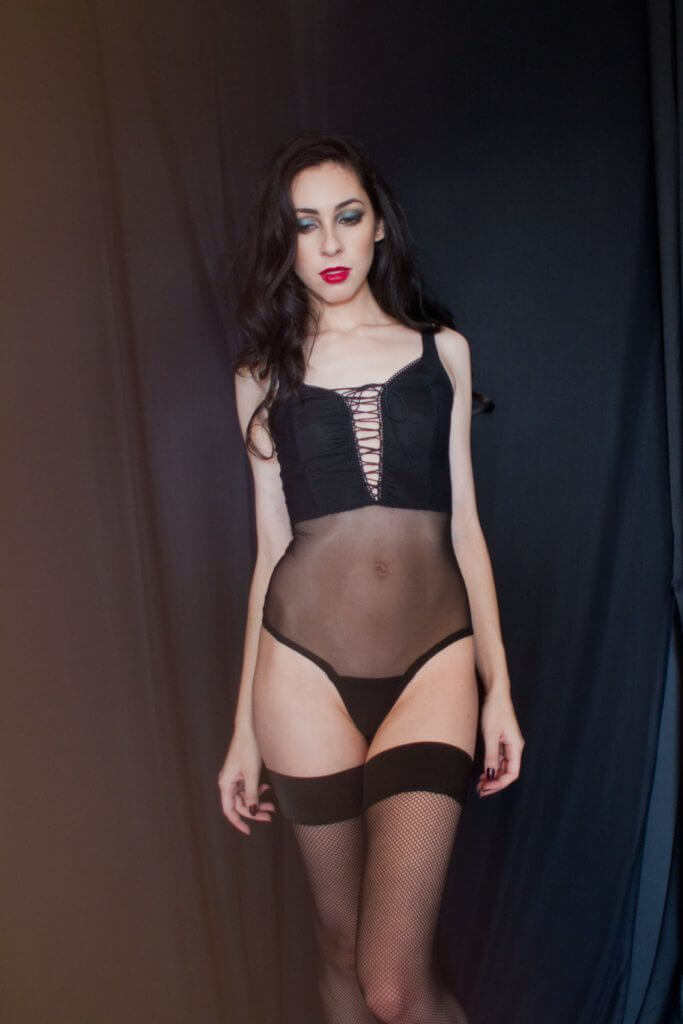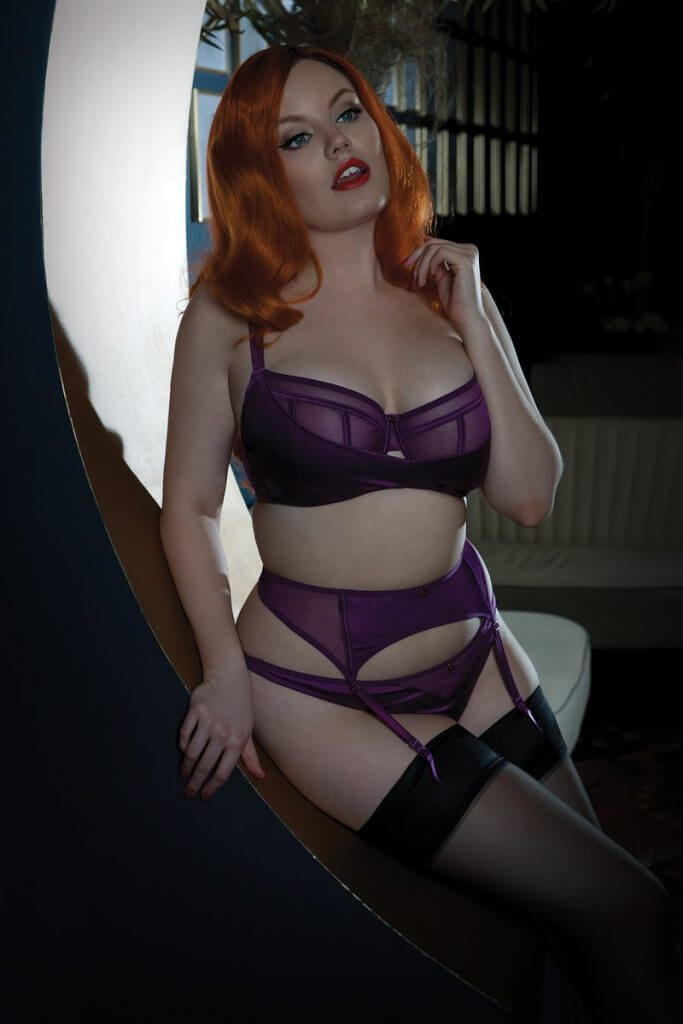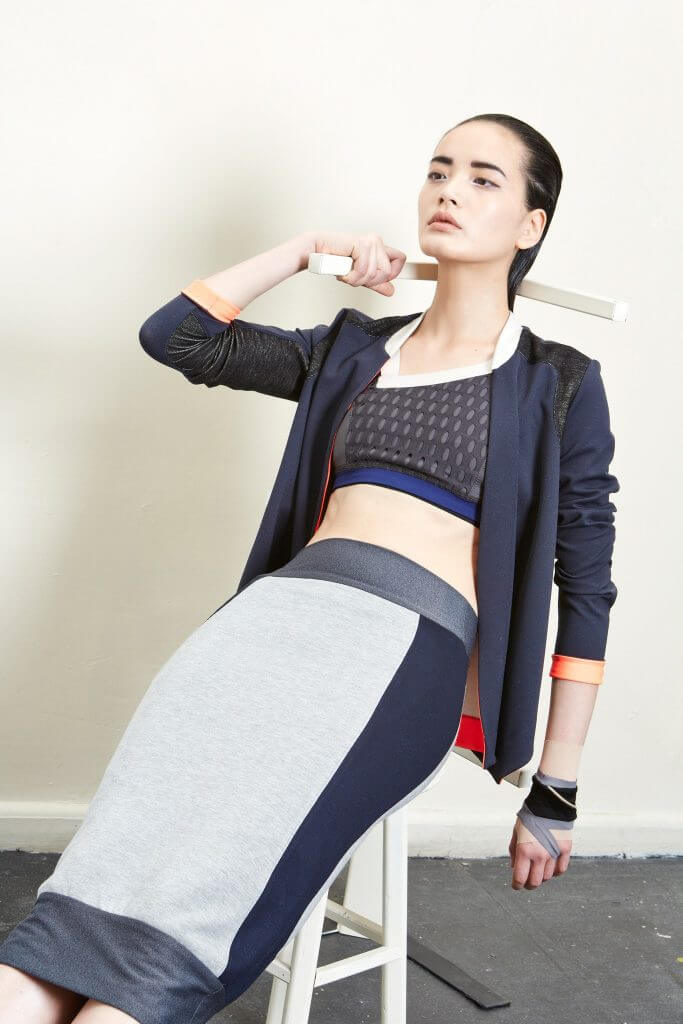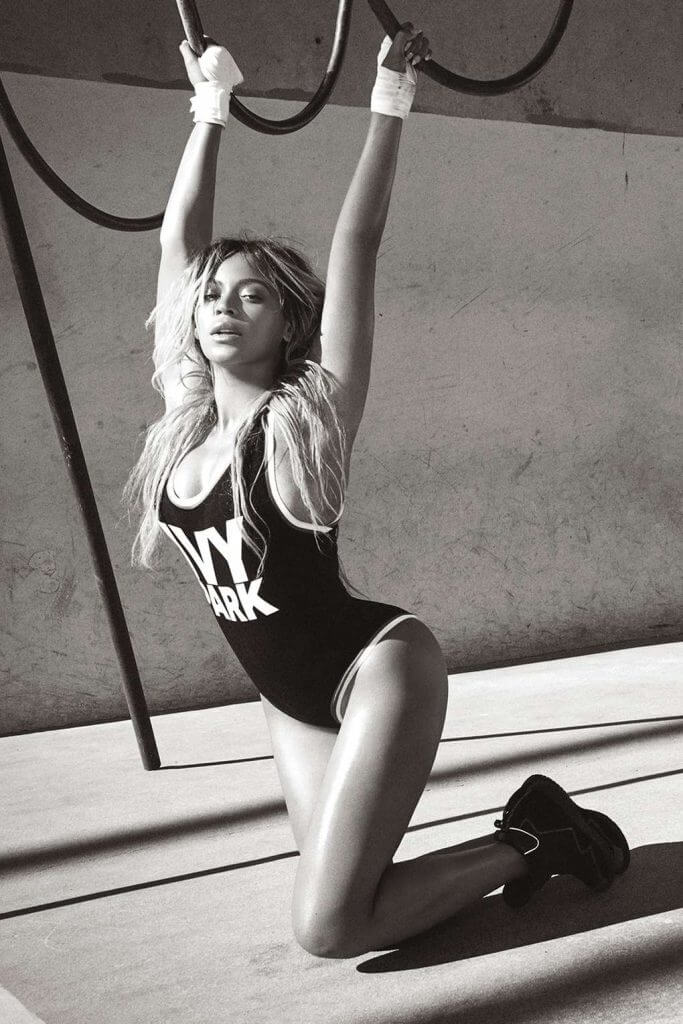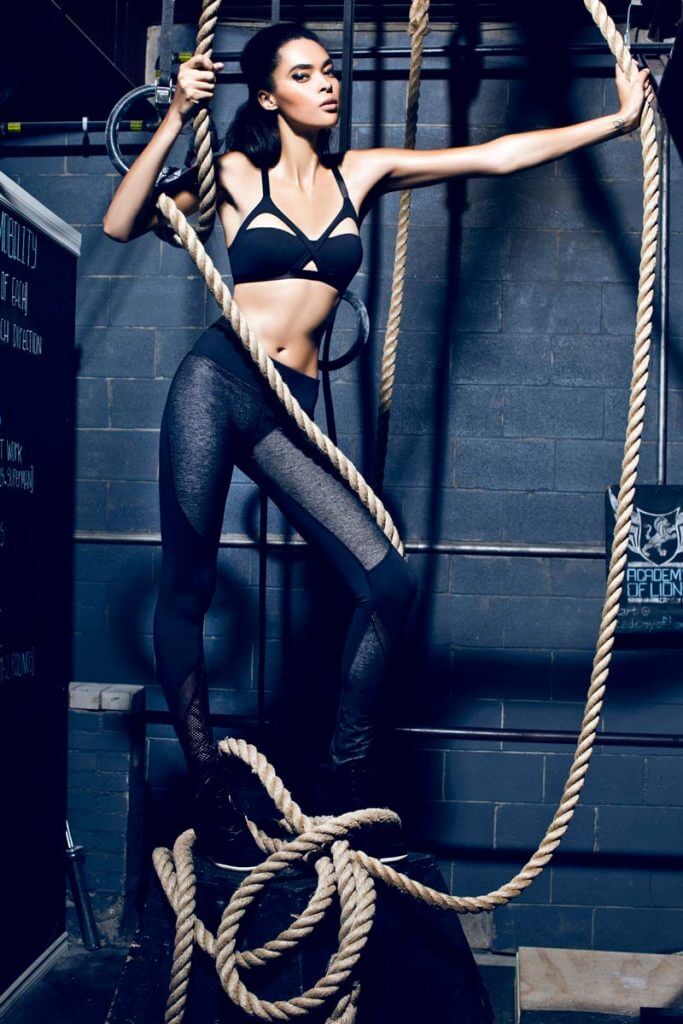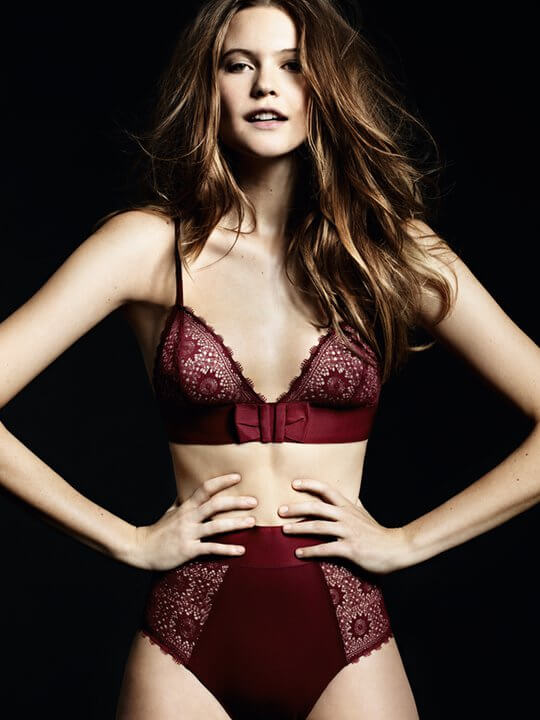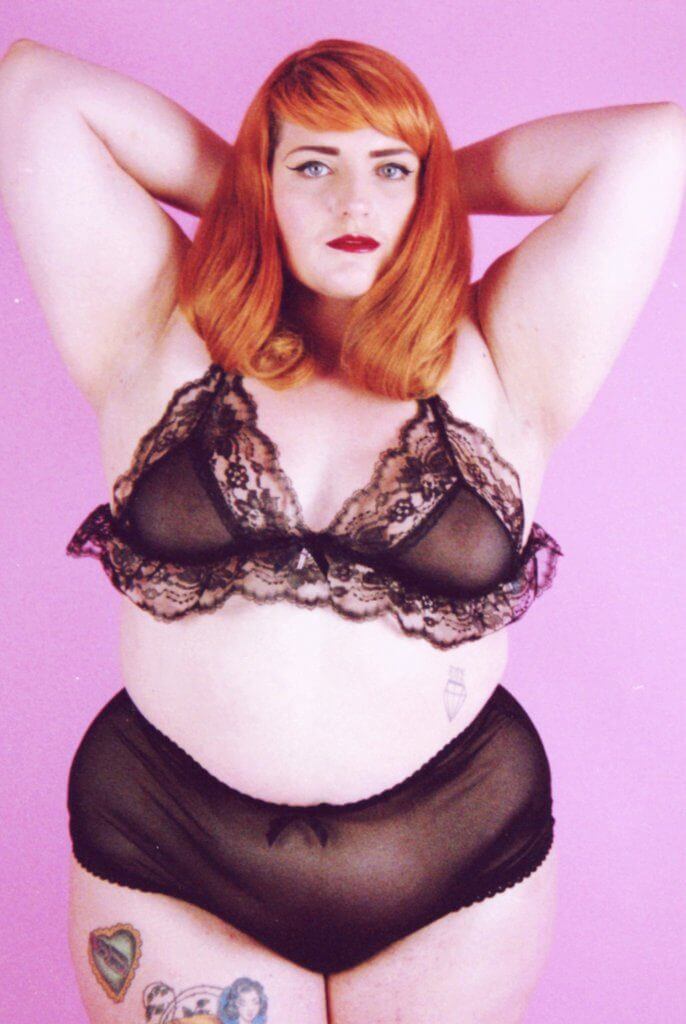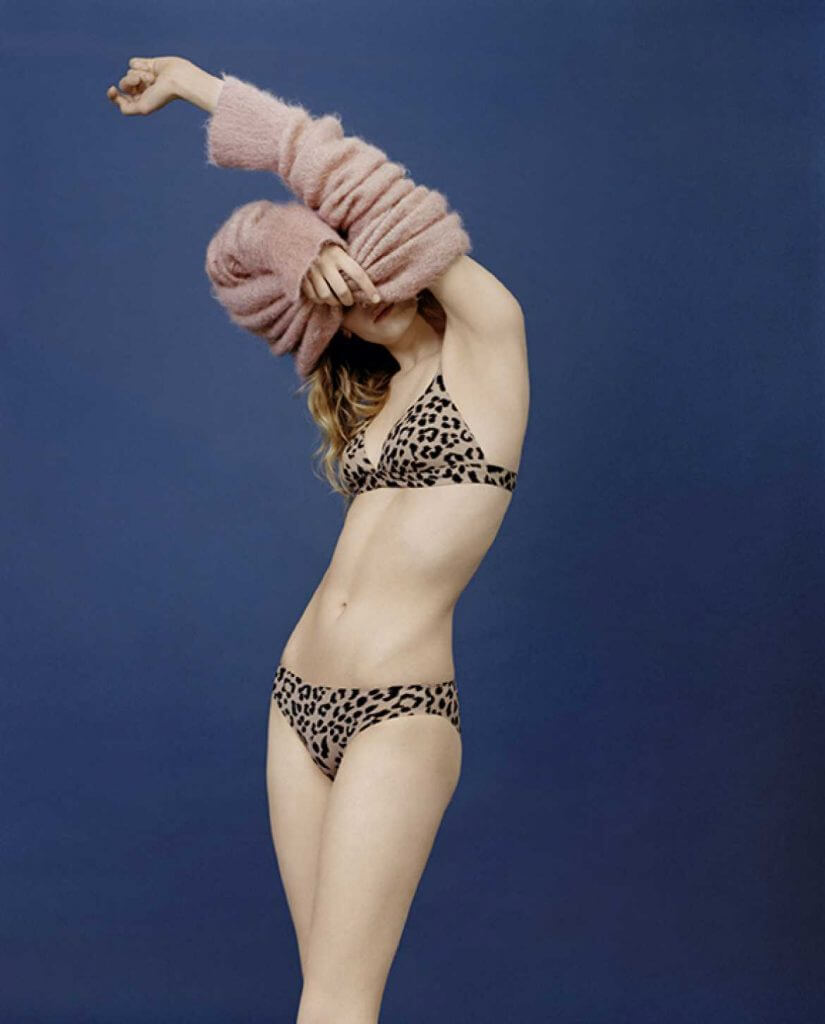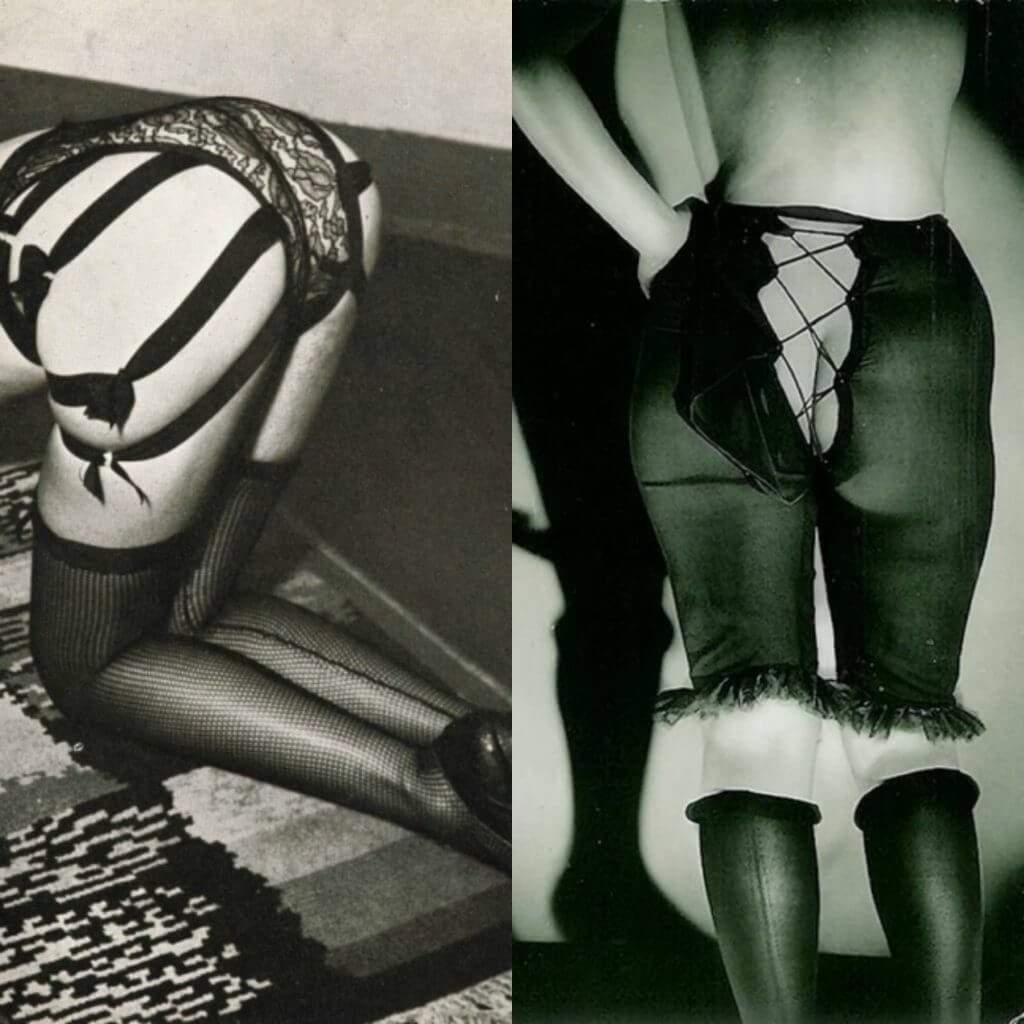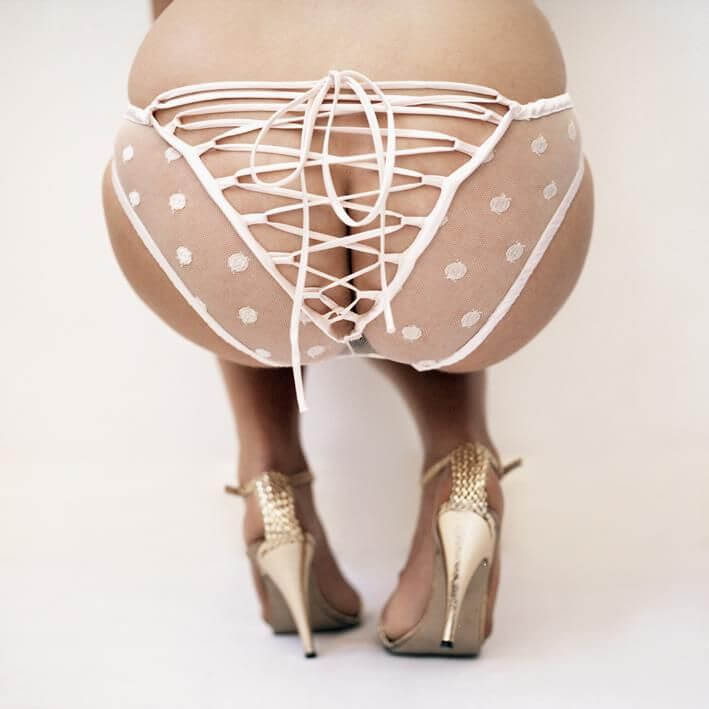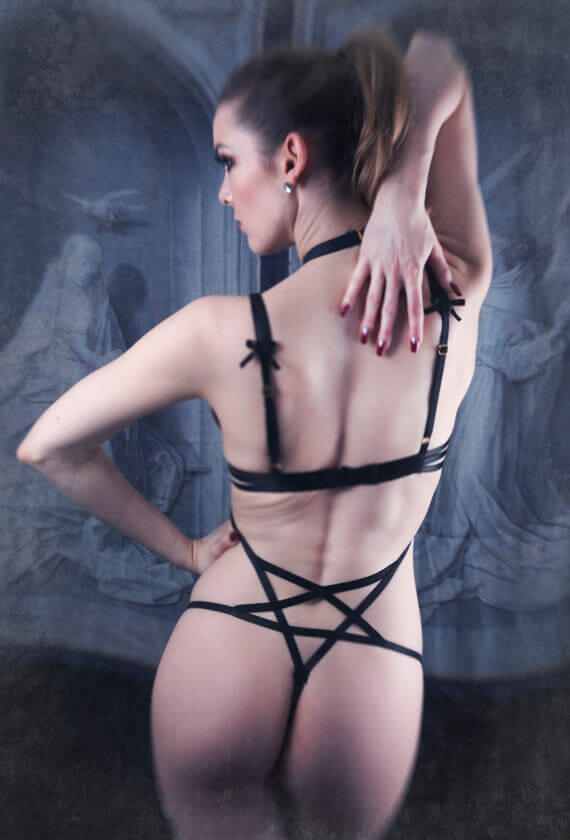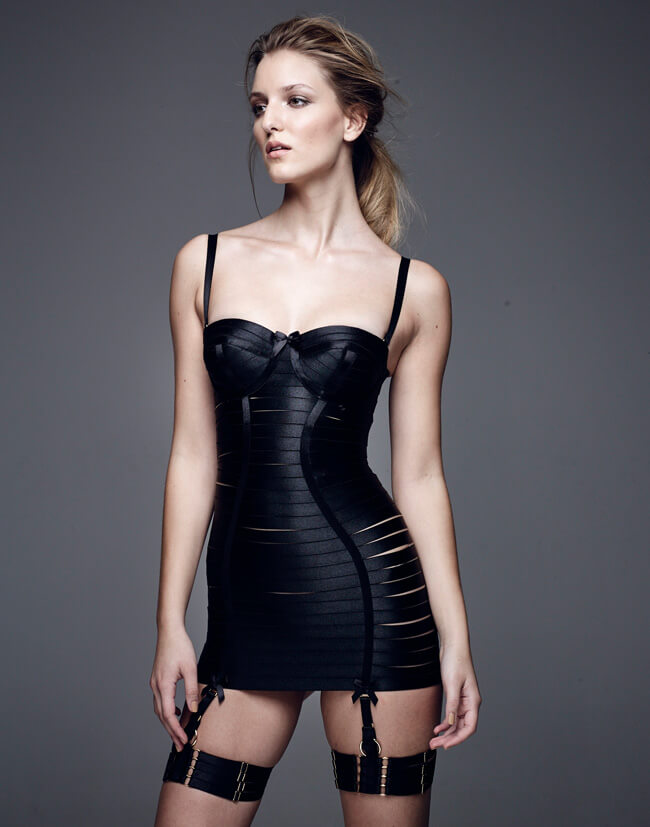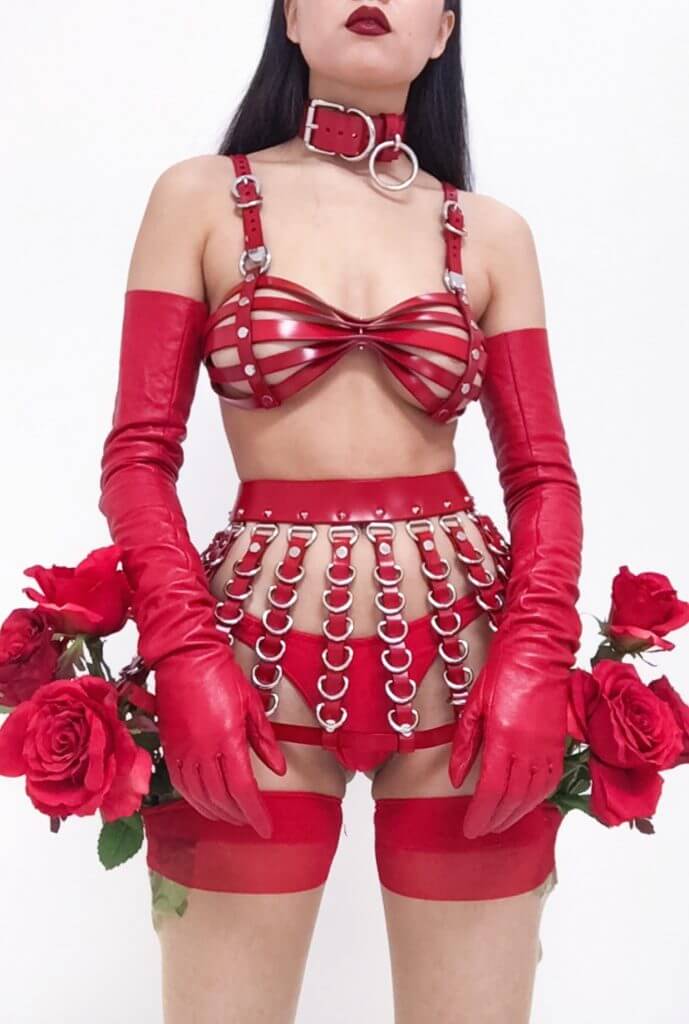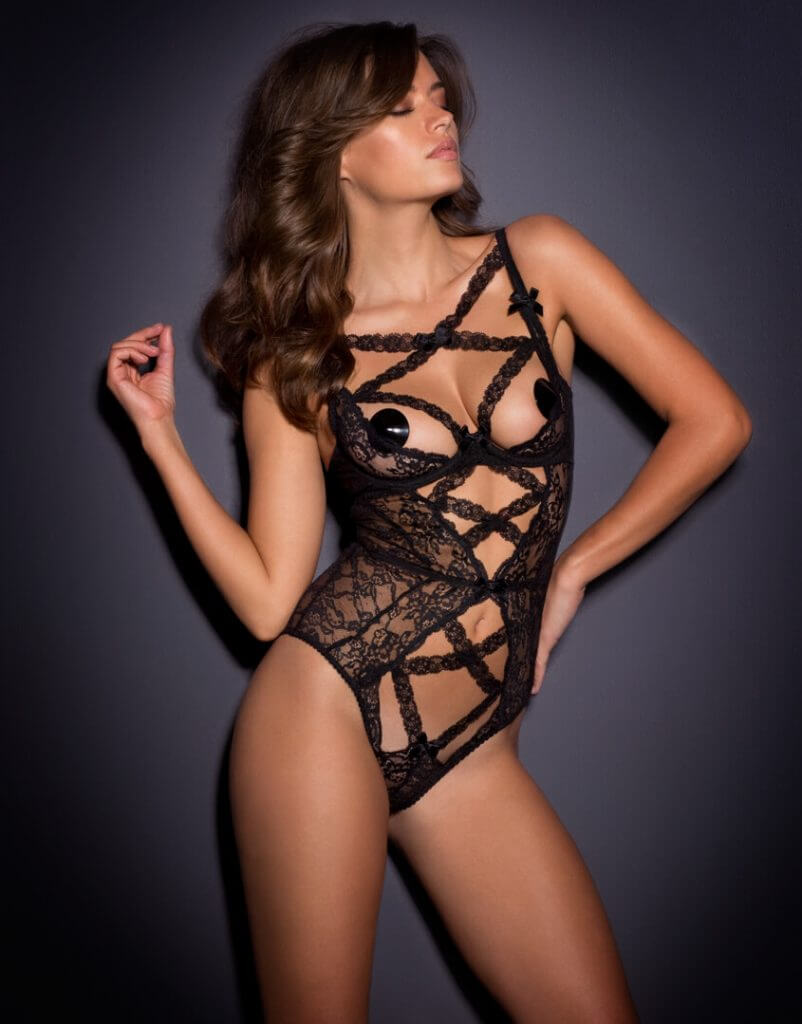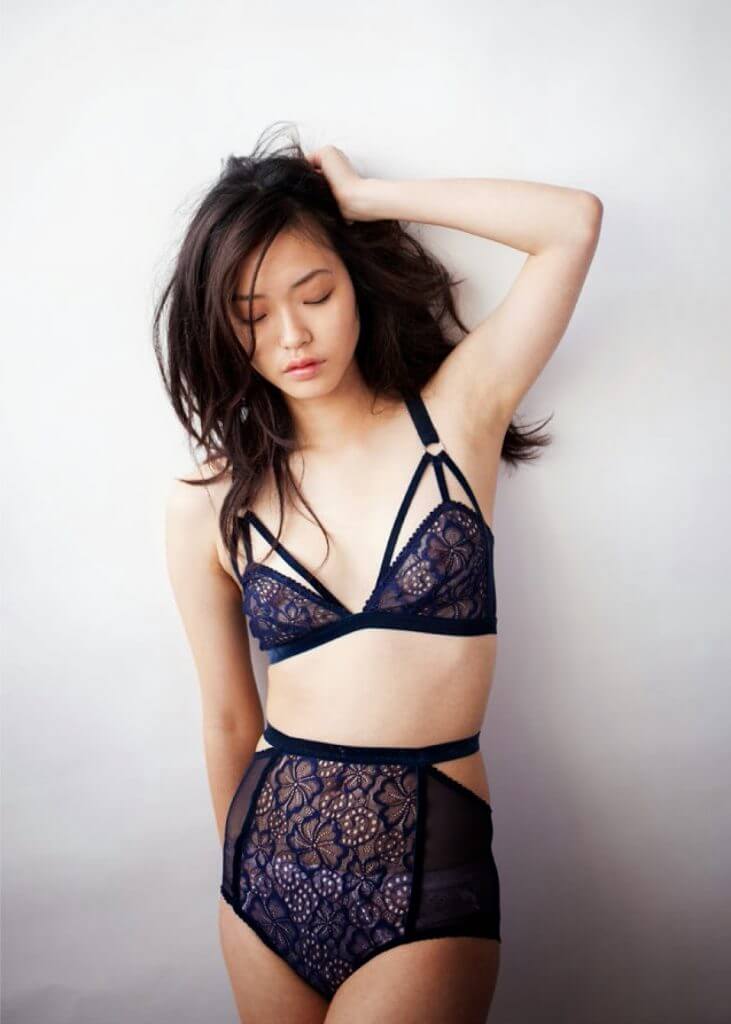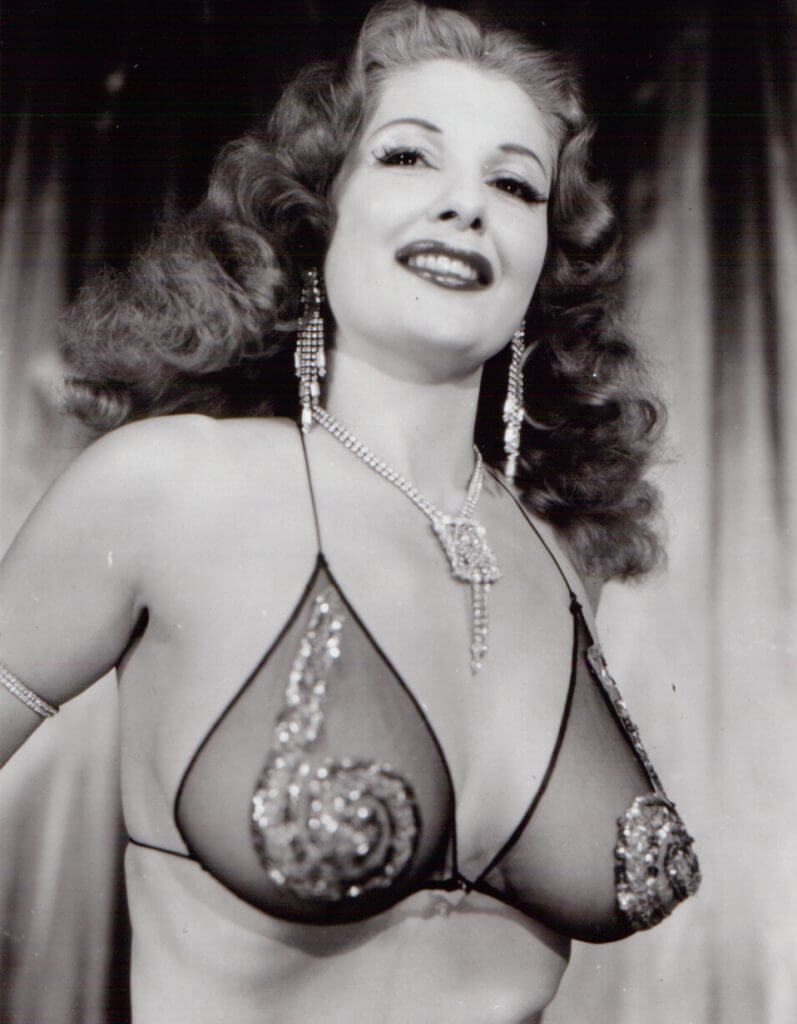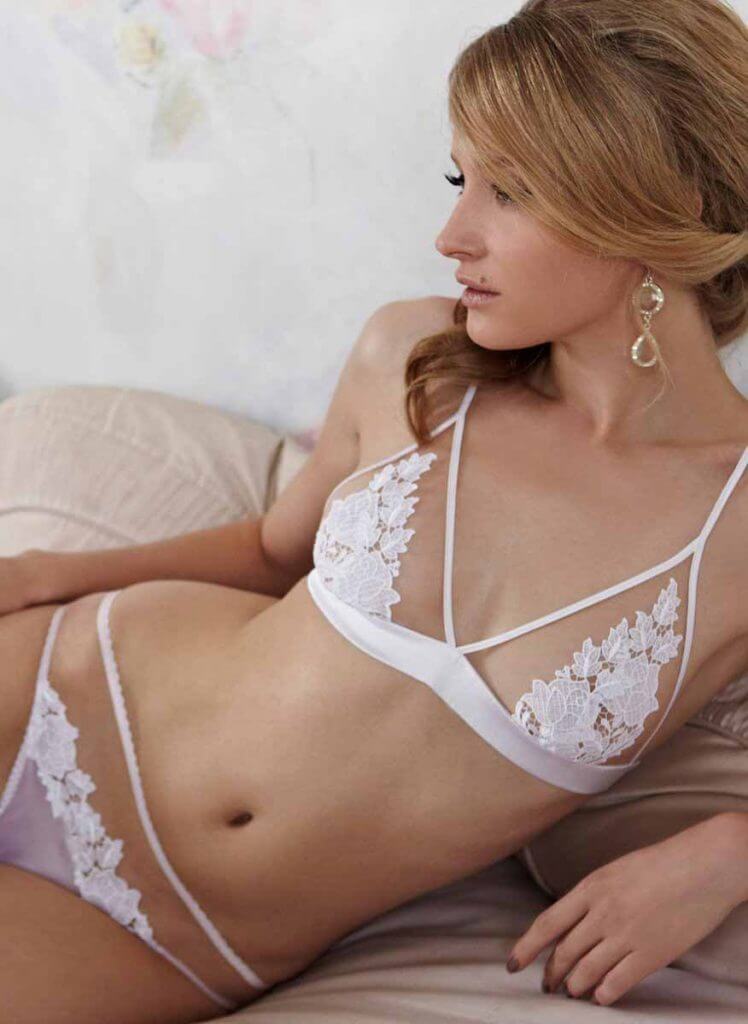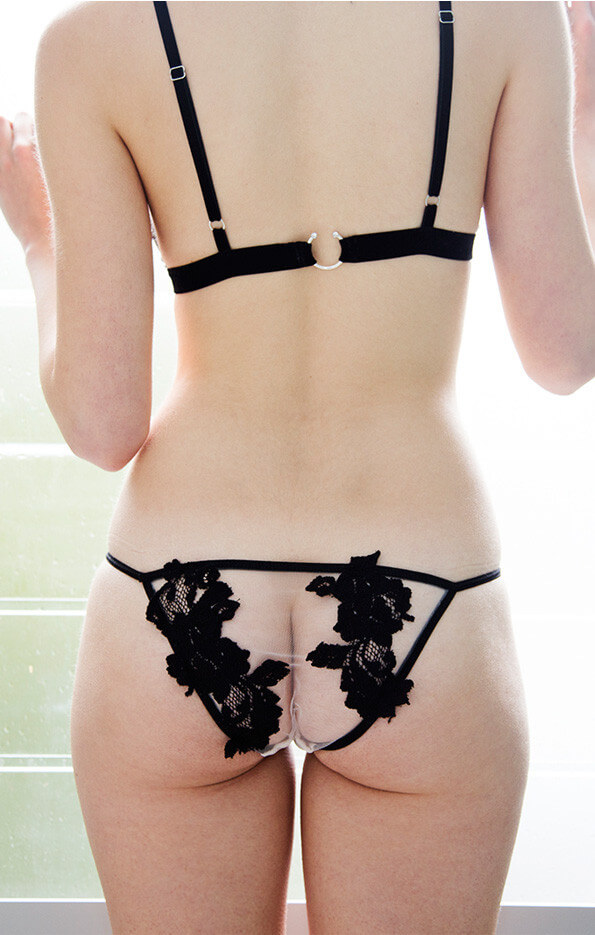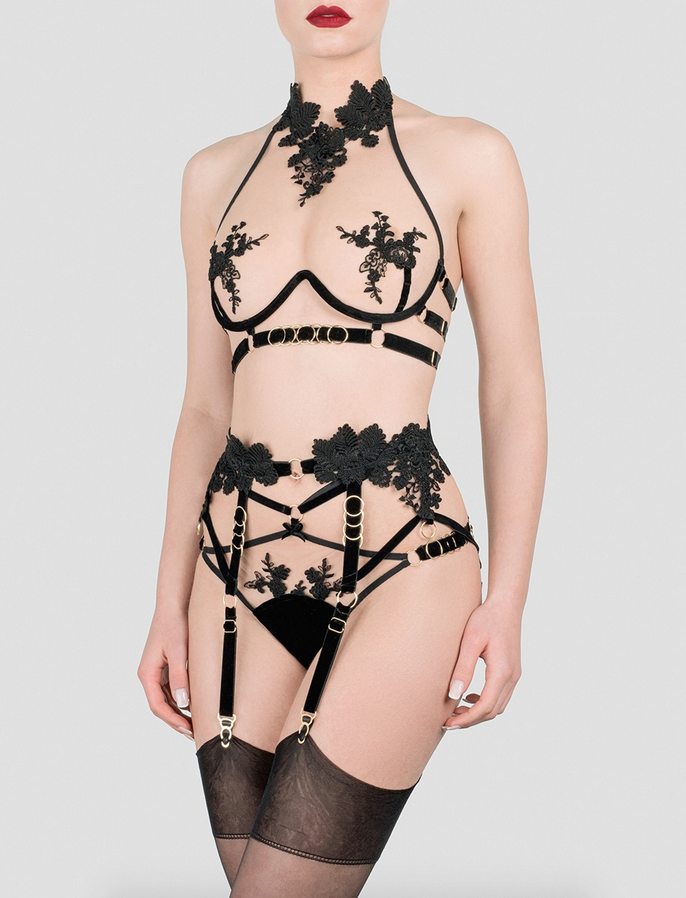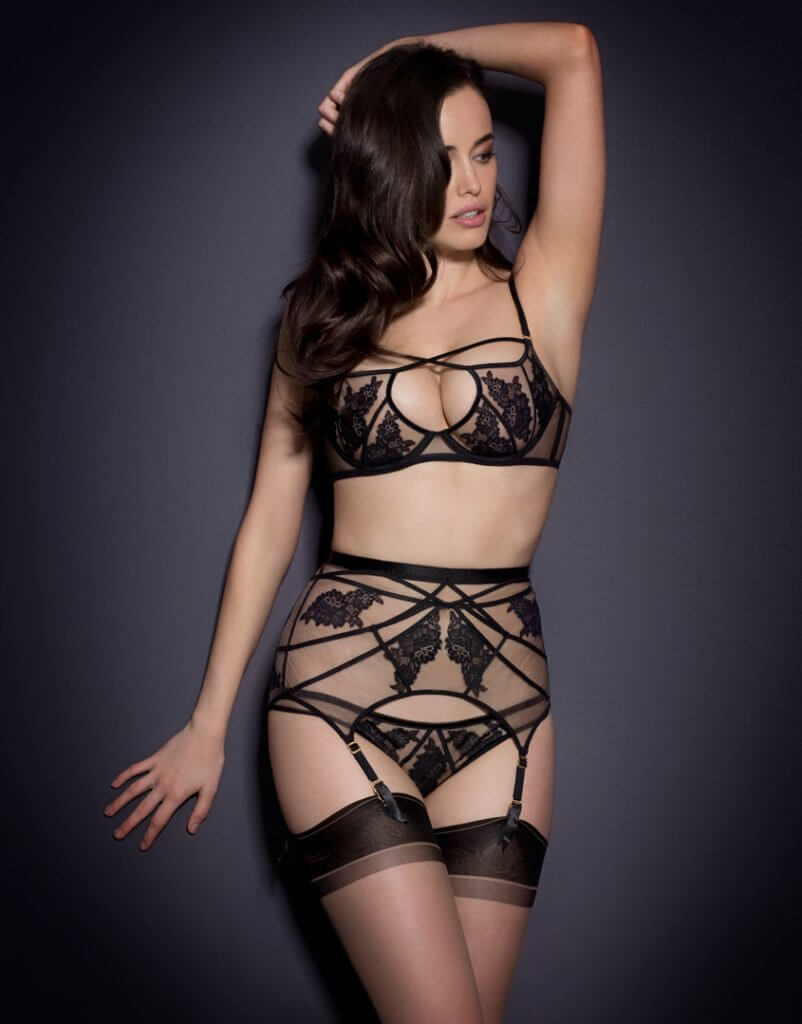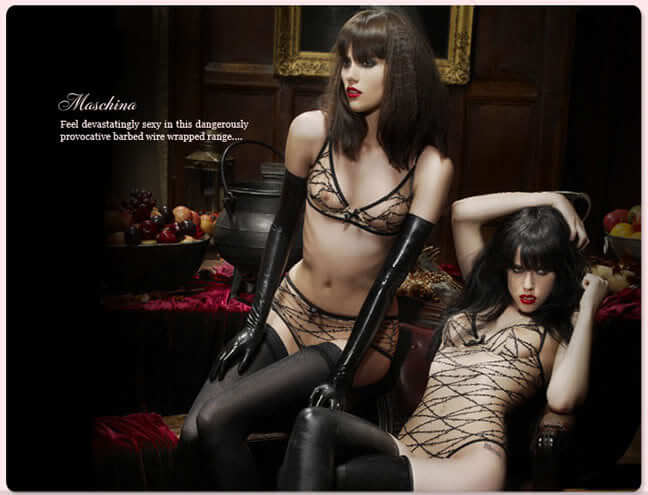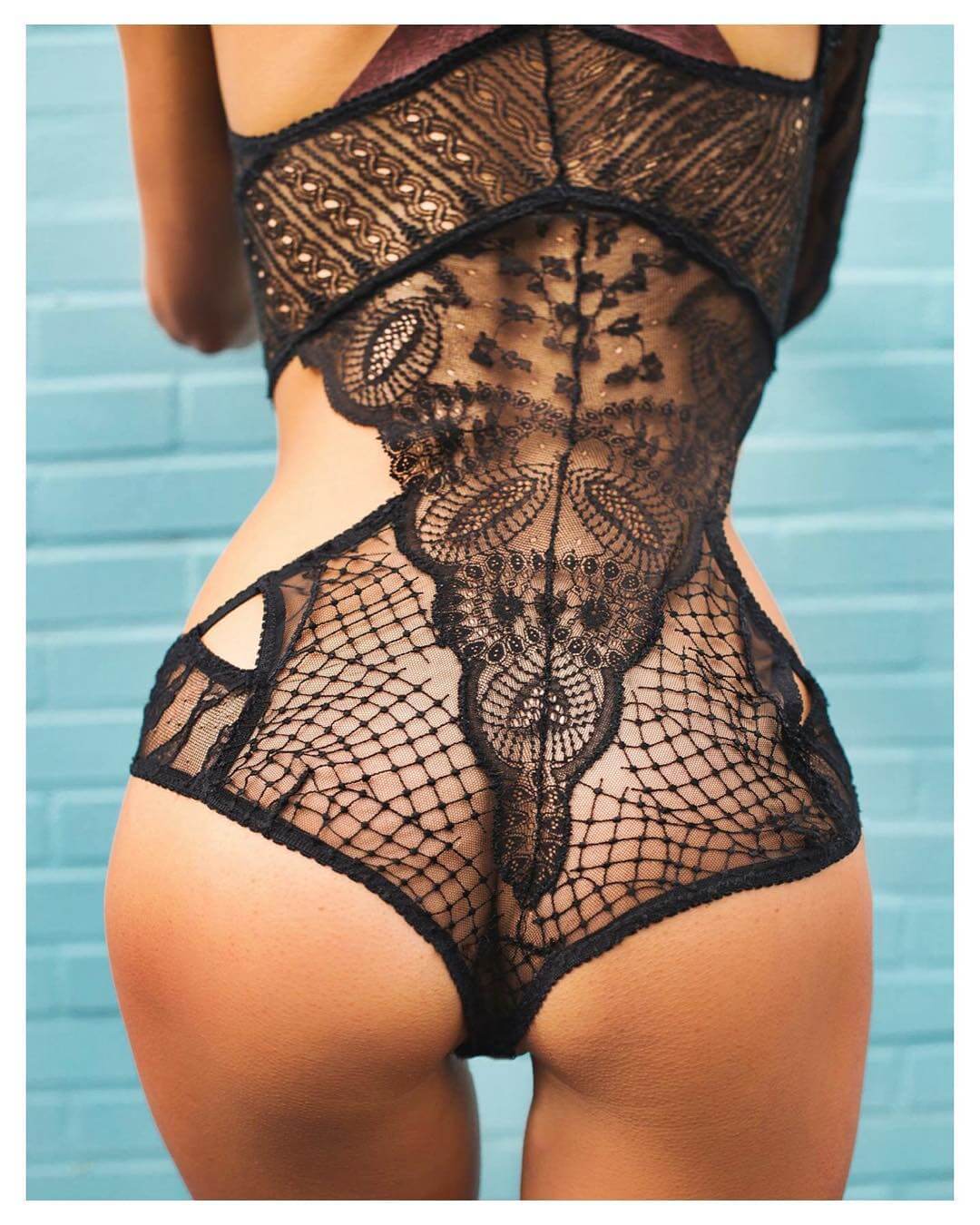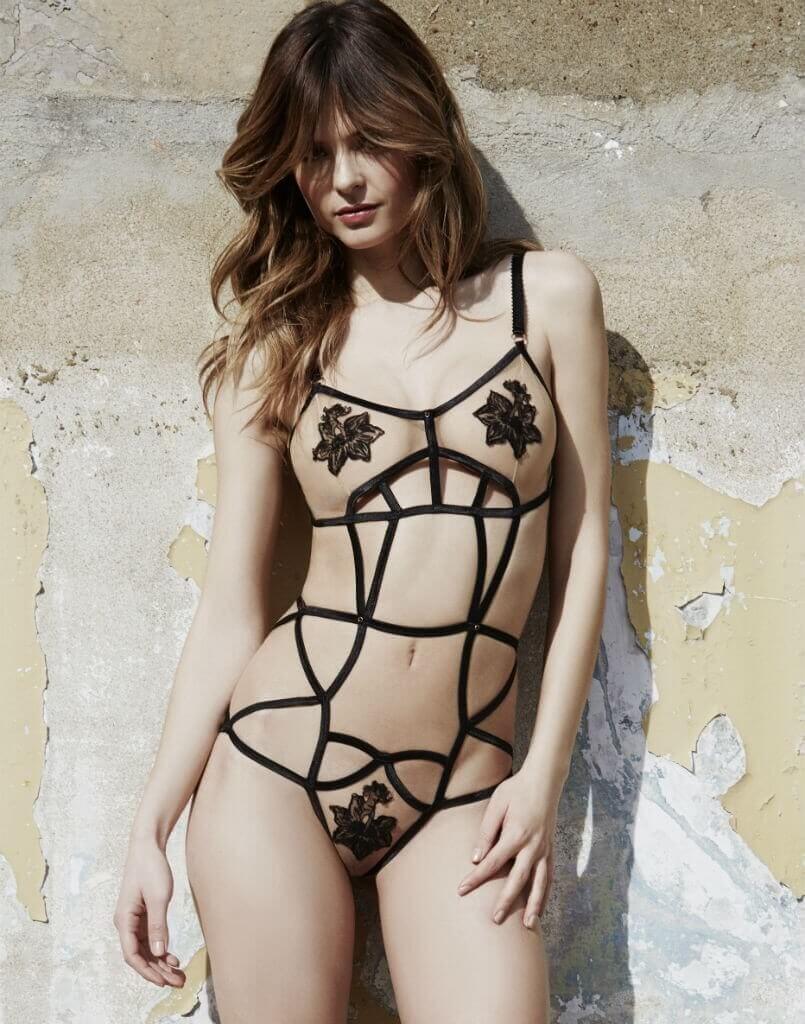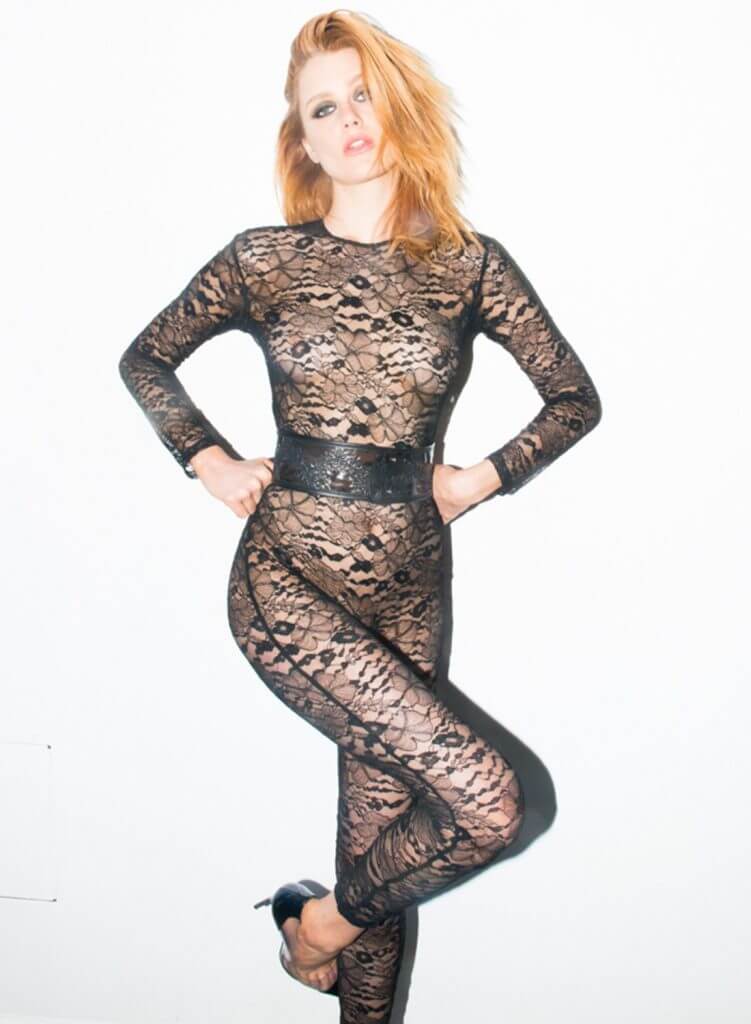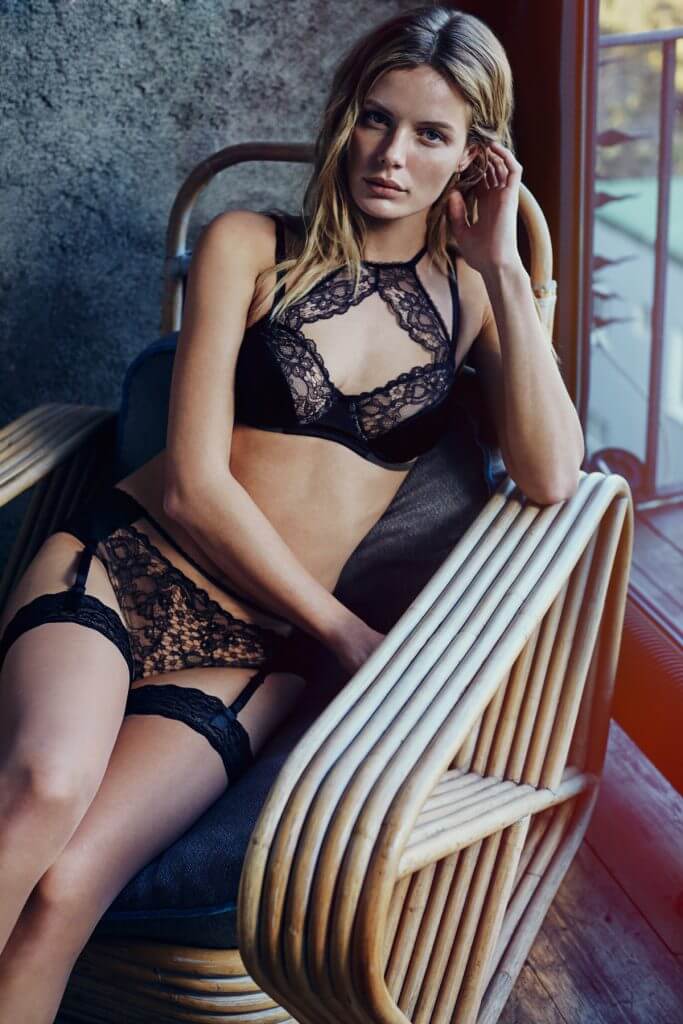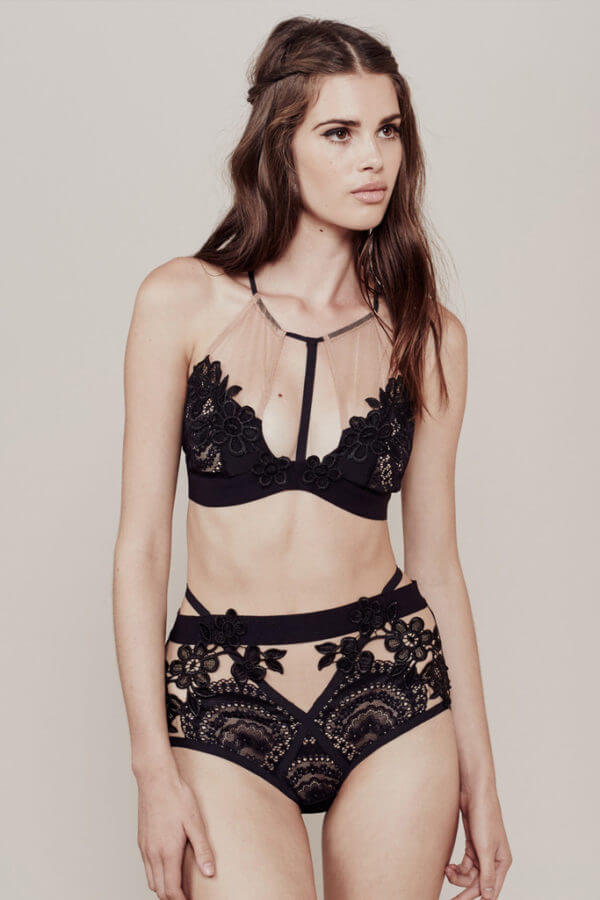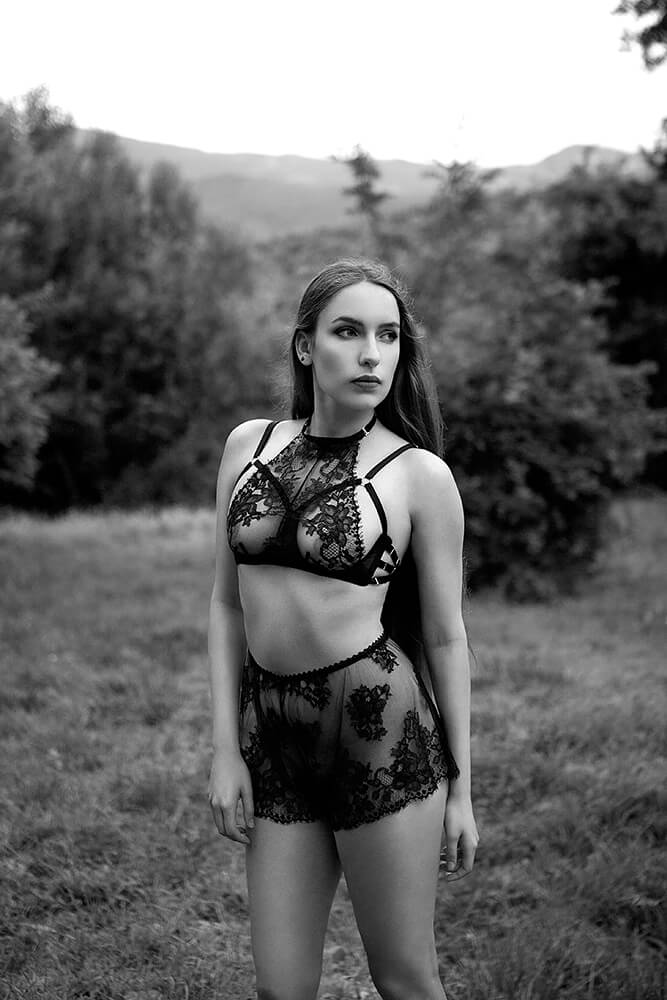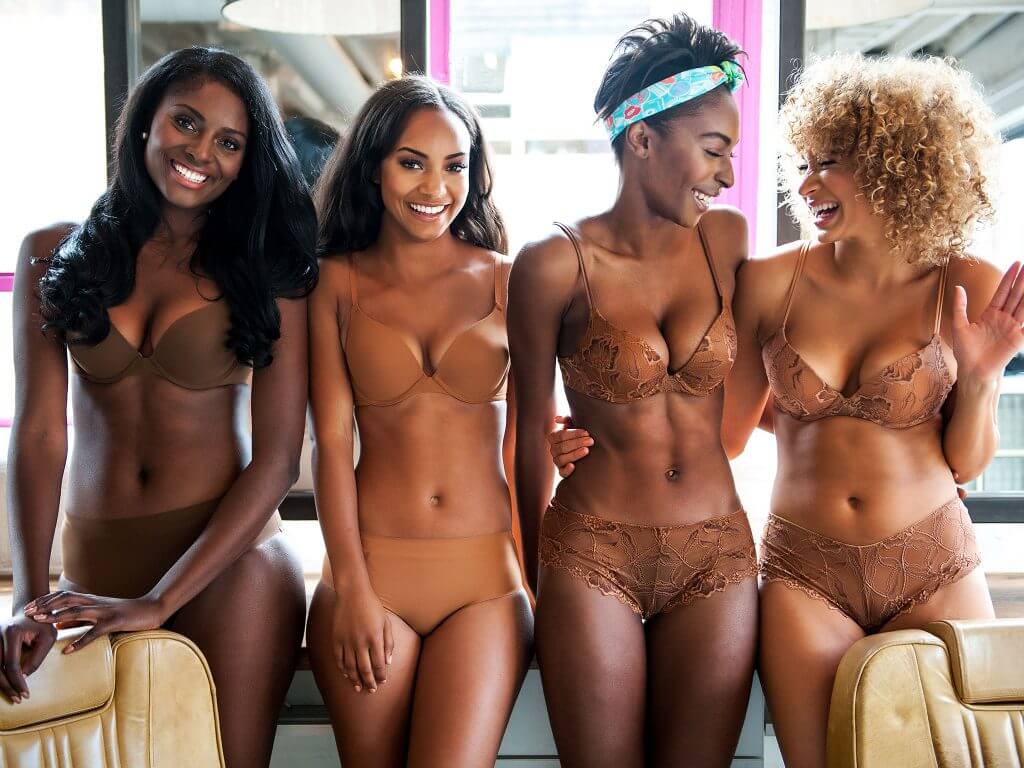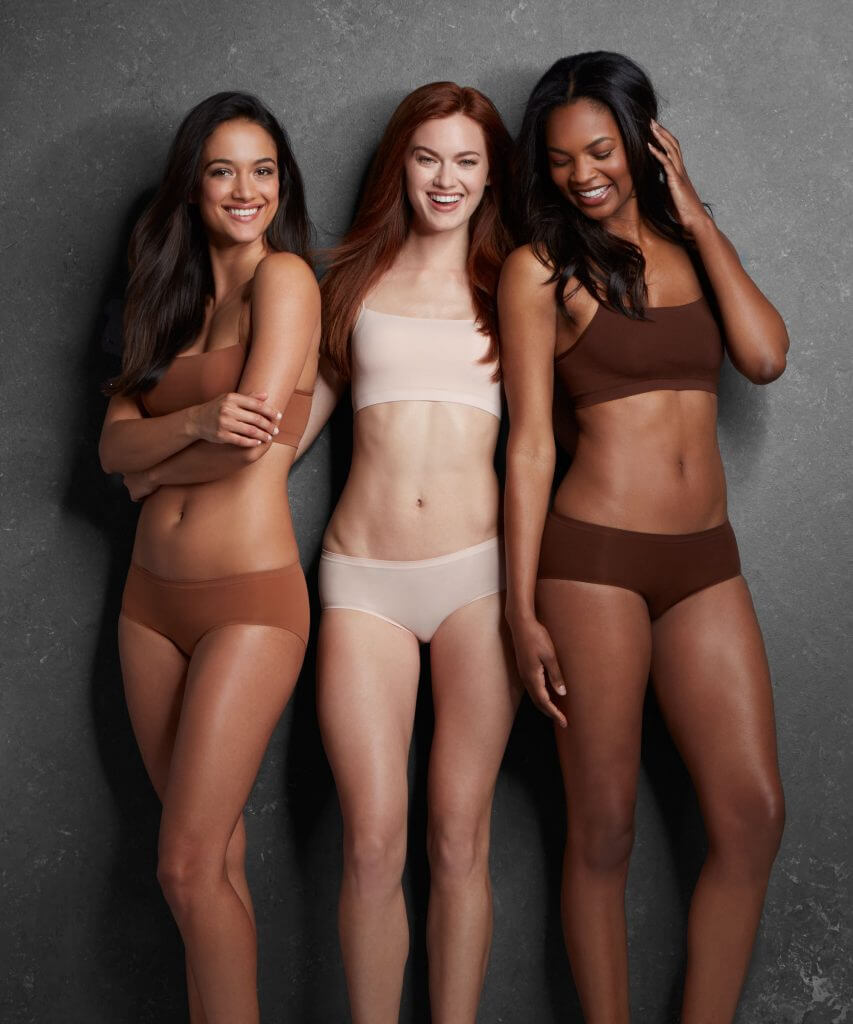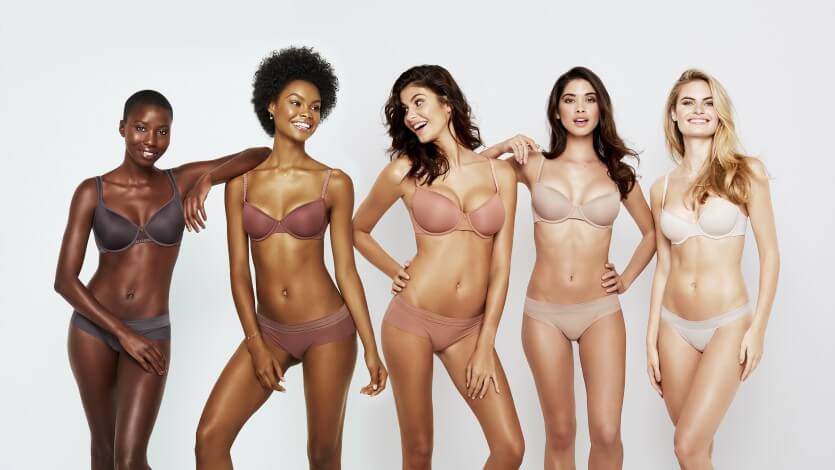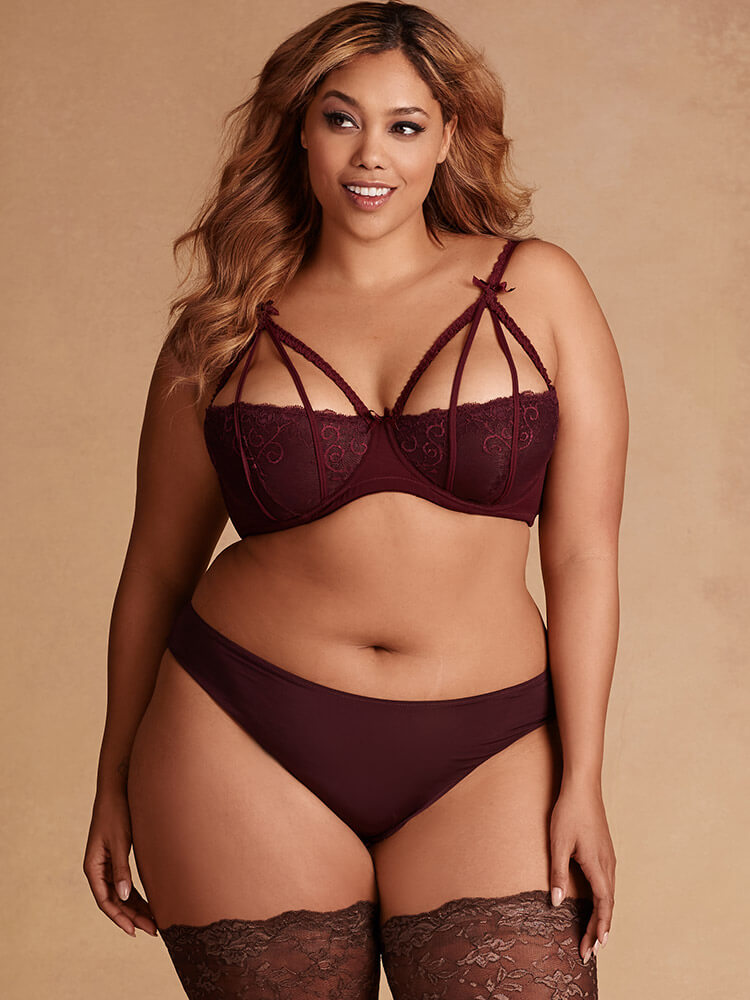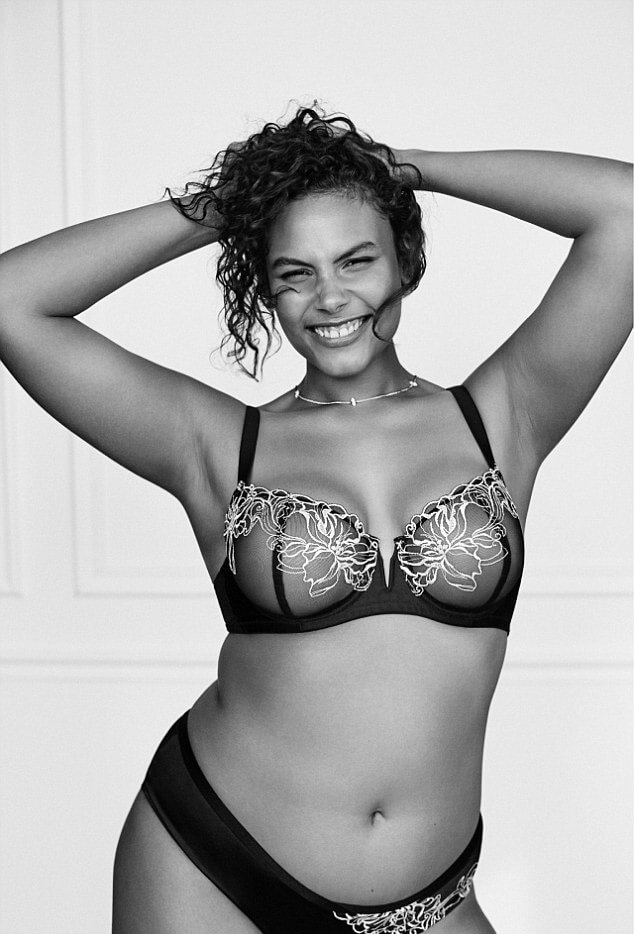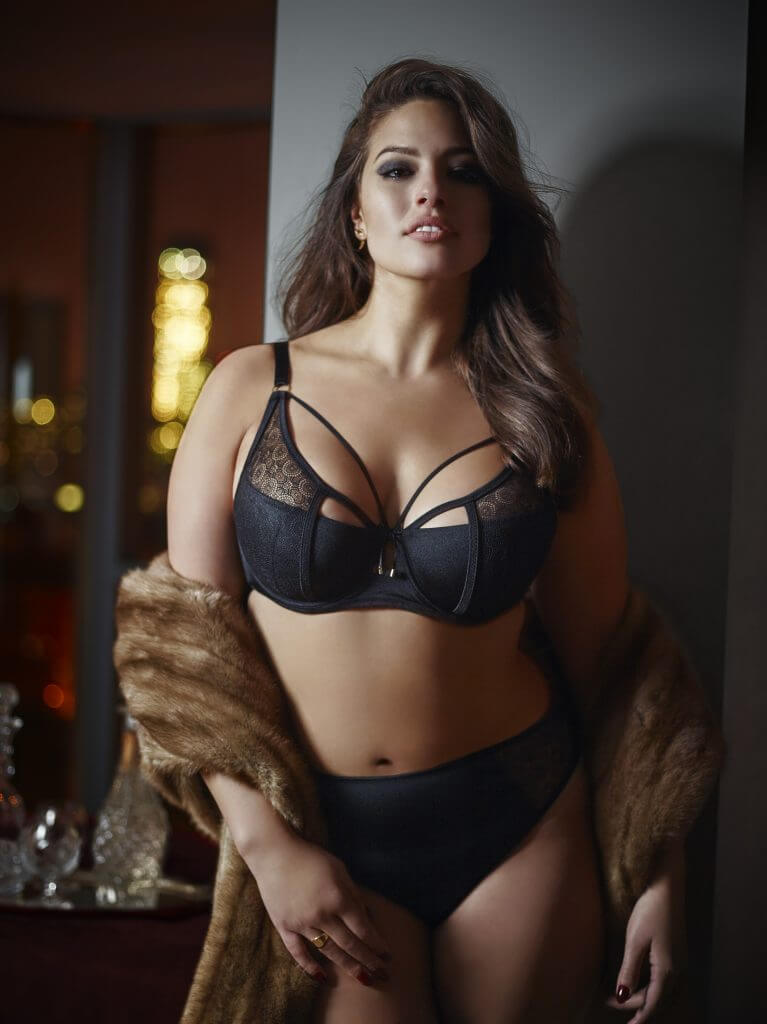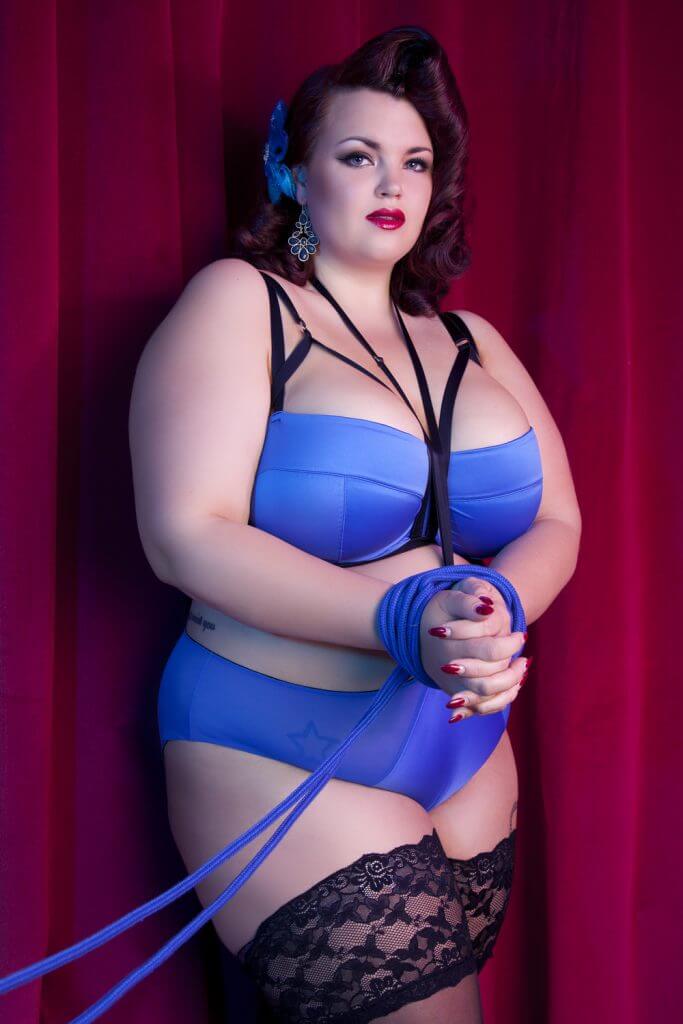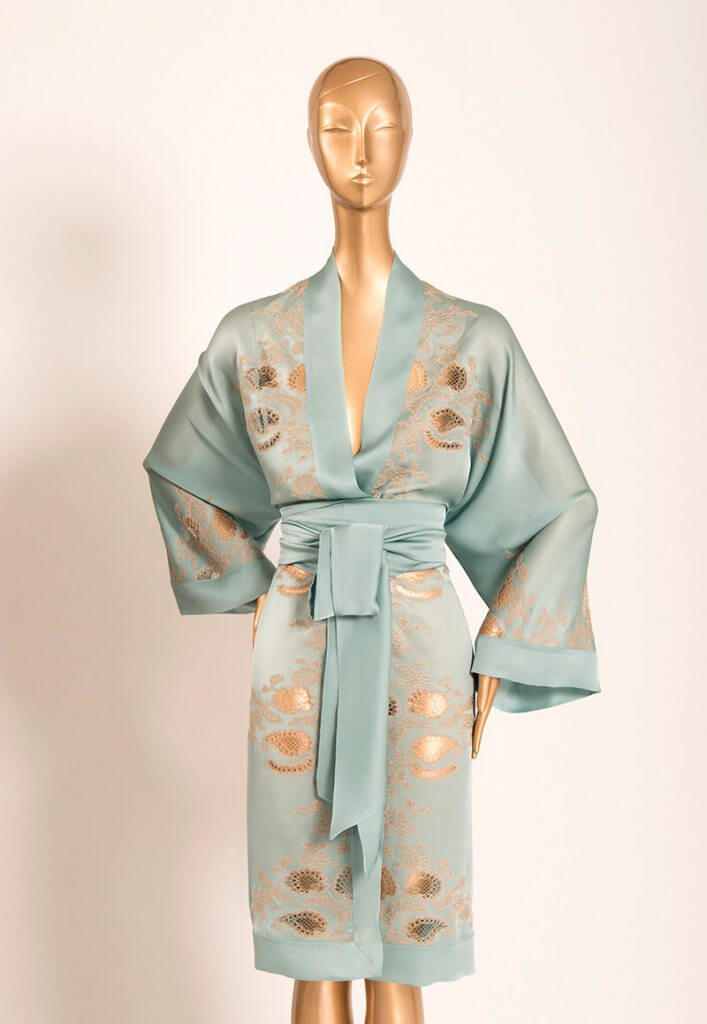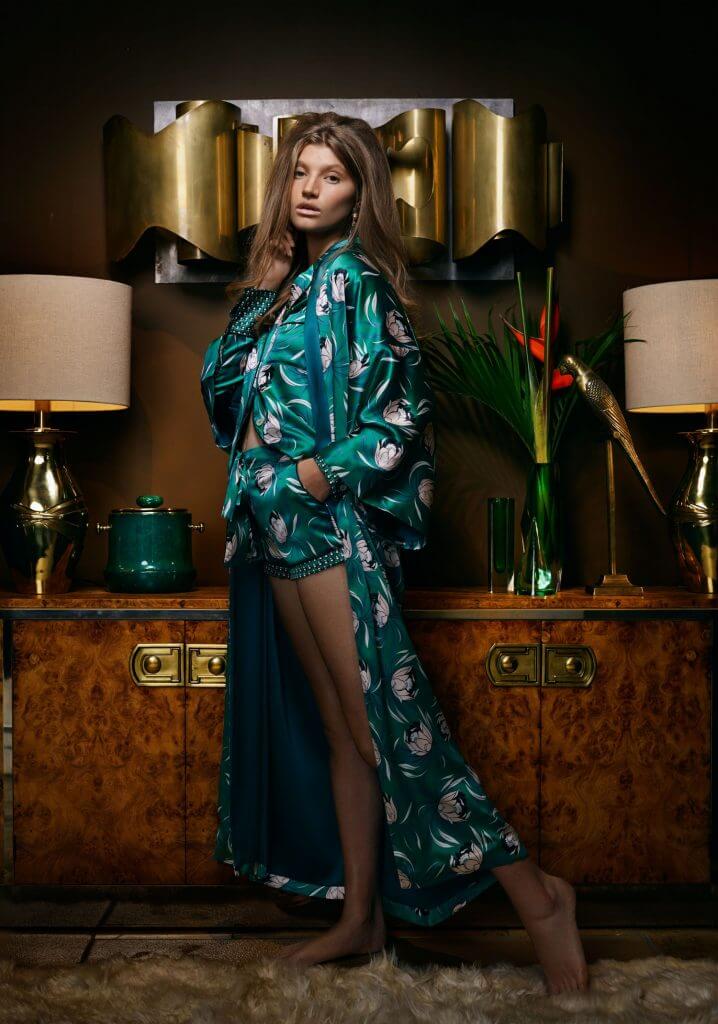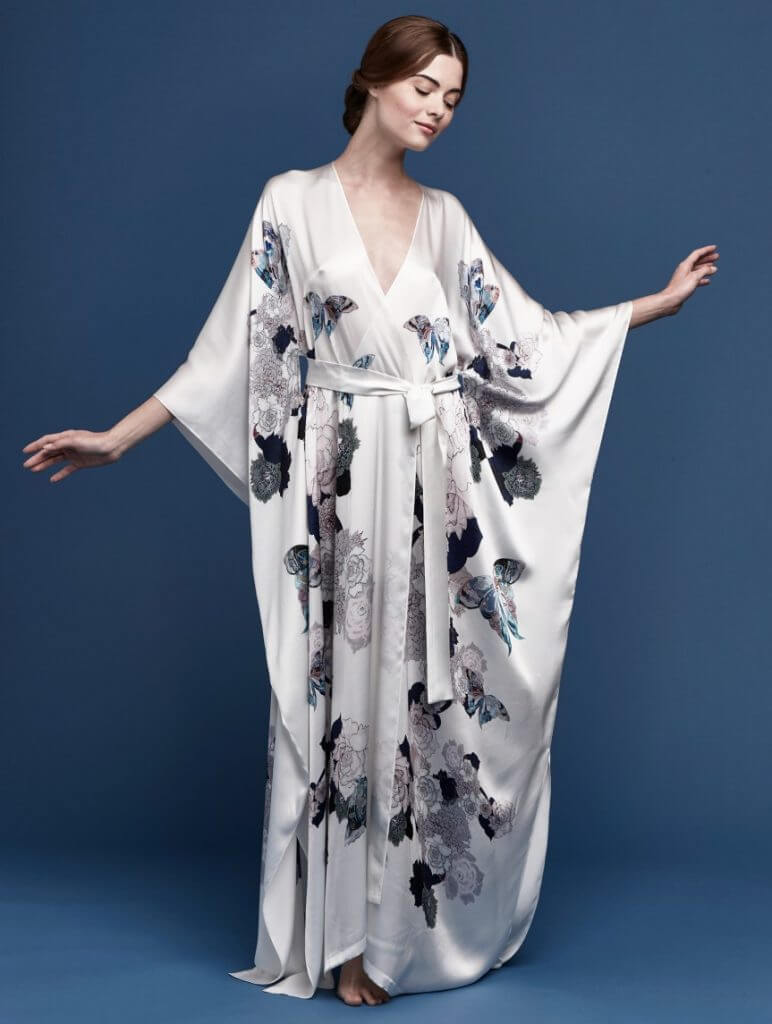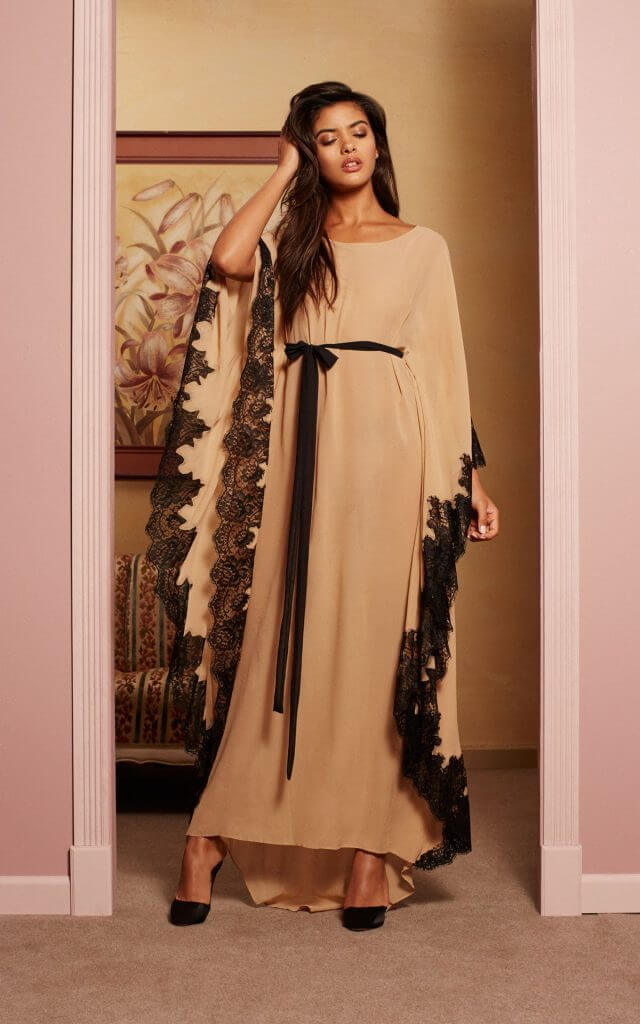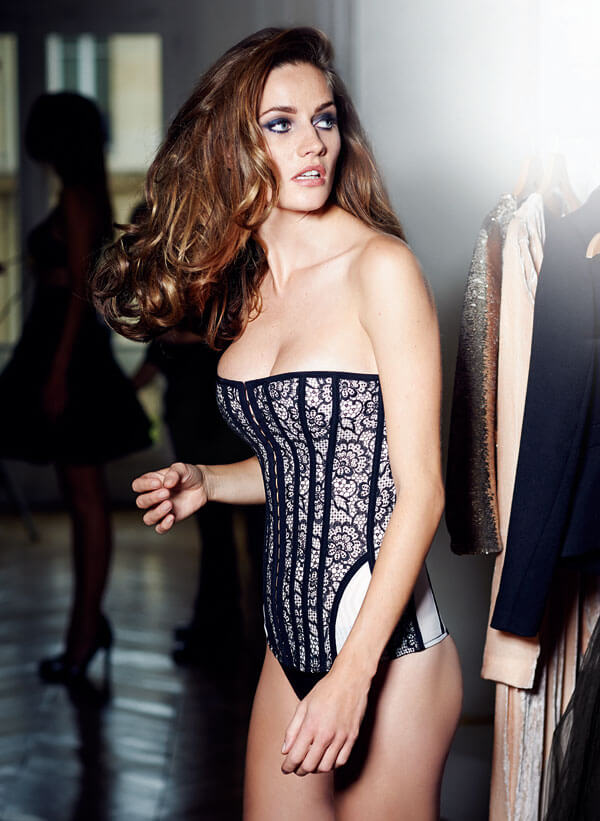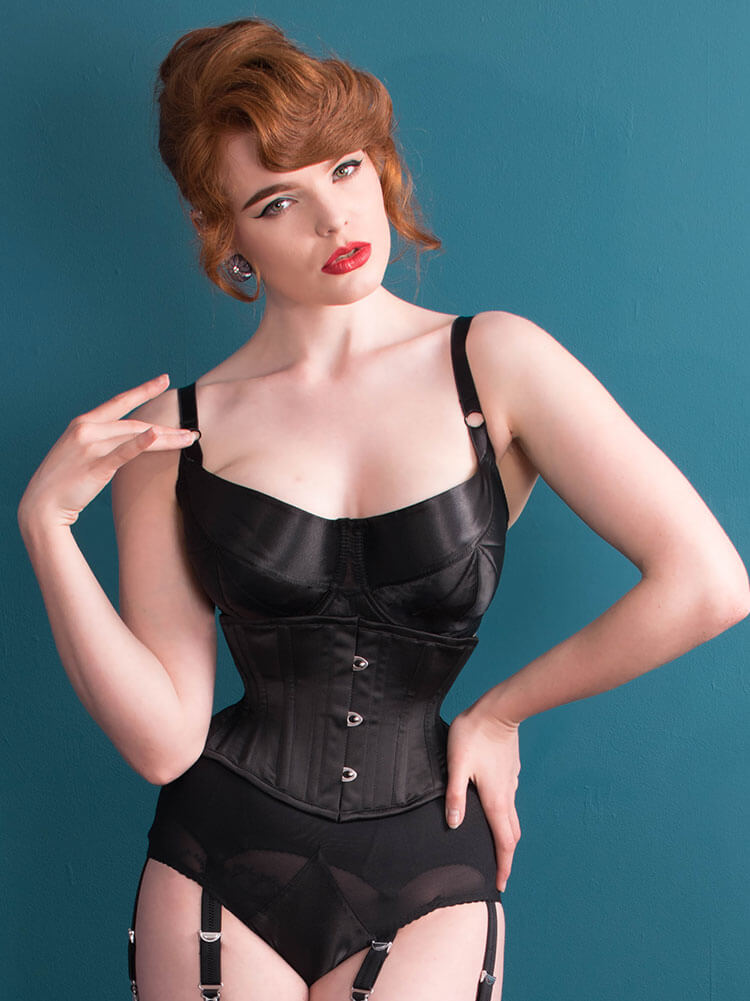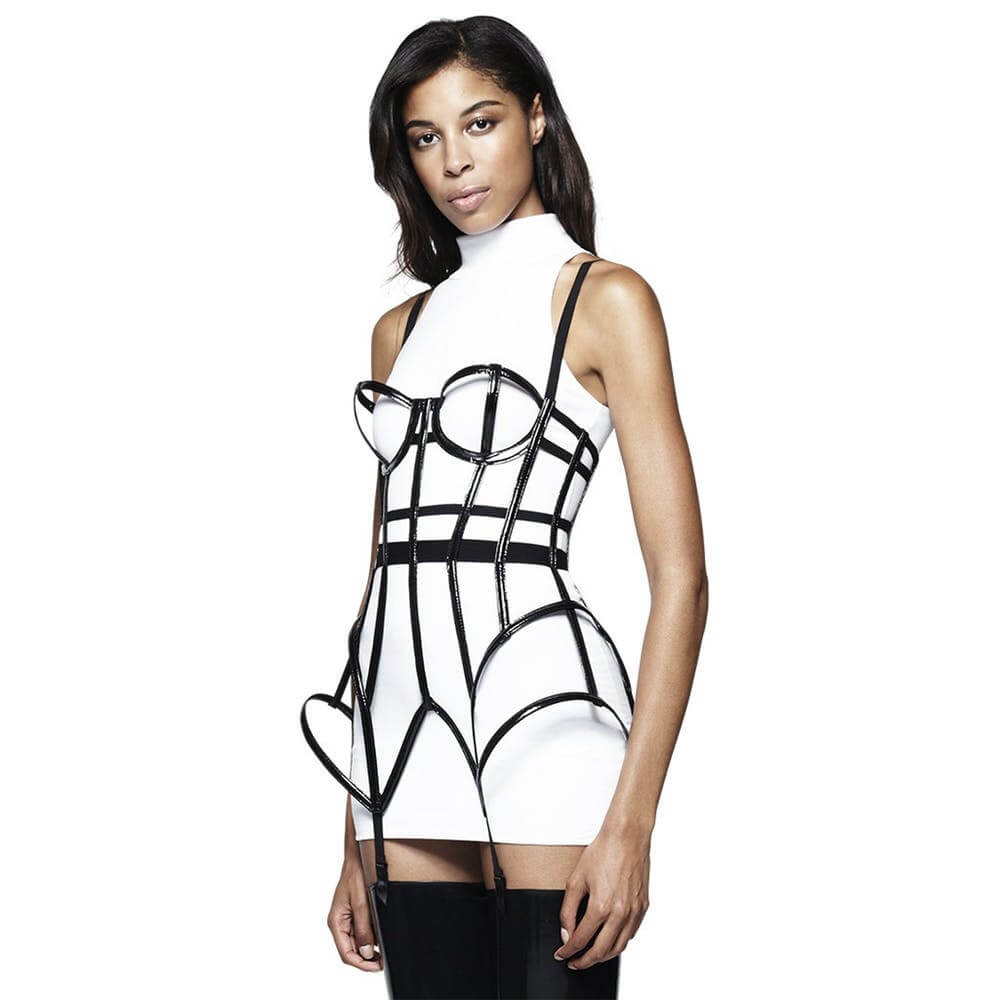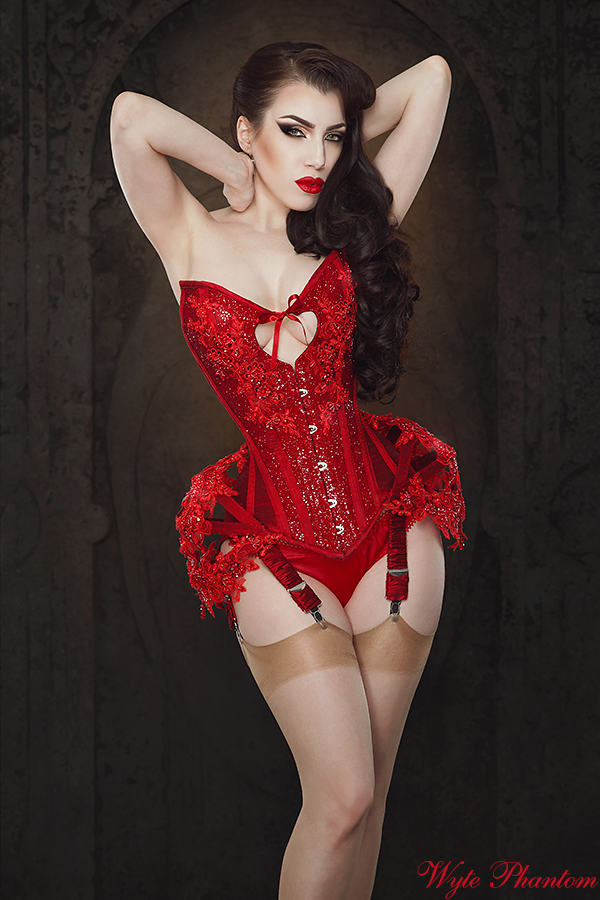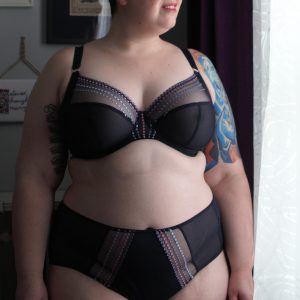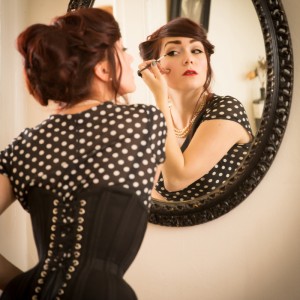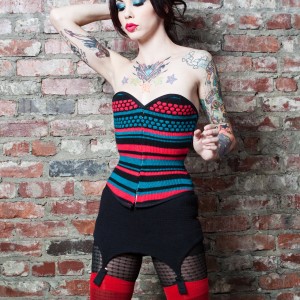The 10 Biggest Lingerie Trends of the Last Decade
While every generation has its major fashion moments, the past decade has seen some of the most exciting lingerie trends to ever happen in fashion history. Yet, beneath all that flash and glamour, what's most interesting is how familiar many of these trends are. Yes, they've been reworked a bit and adapted to fit the sensibilities of a modern audience, but as the saying goes, "Everything old eventually becomes new again."
Perhaps that’s because lingerie is meant to be, first and foremost, functional attire. While many people, especially in the United States, think of lingerie as only as the sexy stuff (bedroom attire, so to speak), the word "lingerie" describes the entire world of women's intimate apparel, from bras and panties, to slips and chemises, to teddies, bodysuits and shapewear. It's all lingerie. And, very often, one's lingerie is meant to serve a purpose.
Whether that purpose is lifting the bust, shaping the waist, or covering the legs, lingerie has a job to do, and that job affects how it looks. After all, there are only so many changes one can make to a bra before it stops being a bra. For me, this immutability is one of the most intriguing and extraordinary things about lingerie. What keeps me obsessed, what keeps me interested, is how there's always a new, undiscovered detail to explore.
However, that lingering sense of familiarity doesn’t mean lingerie must be boring. There's a range of possibility, even within the classic shapes. That multitude of interpretation is the core essence of lingerie. A bra can look so many different ways: plain, strappy, embellished, embroidered, lacy, minimalist, sheer, sporty, and so on. Yet, it's always recognizable as a bra.
I've been doing a lot of intense thinking about lingerie these past few weeks, and I thought it might be fun to put together a list of the top lingerie trends of the past decade. Many of these you’ll know. Some of these you may even love. But every single one of these trends made its mark.
More than that, these trends show us the history of lingerie, and how ideas about our intimate apparel eventually percolate upwards from smaller brands to larger ones. Connecting these trends (you'll notice that several of them overlap in the selected items below) helps us understand more about the world we live in - what's in fashion, how we think of people's bodies, and what the cultural ideal for a certain era is.
Yesterday, today, and tomorrow (or at least until 3-d printing takes off!) lingerie remains the essence of a fashionable wardrobe. What do you think the next big trend will be? I'd love to hear your thoughts in the comments or on Twitter.
Athleisure
America has always been a little casual. Sportswear is the U.S. fashion industry's primary contribution to the global apparel trade and in the last few years, American lingerie designers have perfected it with the athleisure trend - athletic wear that goes beyond the gym and works perfectly well as everyday attire.
Think sports bras, leggings, jumpsuits, and yoga pants, often with details made to be seen, such as mesh insets, bright "pops" of color, or cutaway patterns. Athleisure not only connects with consumers' desire for comfort and practicality, but also for a good deal. After all, what's better than an outfit that does double duty for both drinks and the gym?
Bralettes
While the bralette may be a new trend, at least for modern-day lingerie addicts, there's nothing new about the bralette itself. In fact, the very first bras, going back as far as Caresse Crosby's handkerchief-inspired invention, would be called bralettes today.
A bralette is a soft, unstructured, lightly-lined or unlined, wirefree bra. While they're often criticized for not giving enough support, bralettes aren't meant to be supportive by design. Underwires, extensive shaping, molded cups, push-up padding...all of that would transform a bralette into a different type of undergarment.
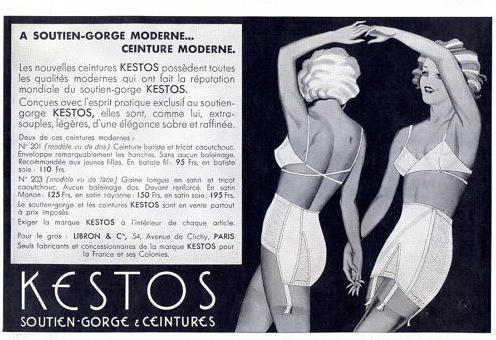
Kestos
Bralettes are a natural offshoot of two particular trends in the larger fashion industry: 1) a trend towards casualness (which makes bralettes an outgrowth of the athleisure trend) and 2) customer demand for less expensive bras (bralettes are cheaper to both design and produce, which makes them cheaper to sell). The modern-day bralette trend first started with indie designers.
Many indie designers made bralettes either because they were more cost-effective or because they were a better fit for their sewing skills than underwires. As celebrities and influencers began buying bralettes, often to wear to various festivals or other events, larger brands and retailers picked up on the trend, leading to a resurrection of the bralette that we haven't seen since the "no bra" look of the 1970s (which, perhaps unsurprisingly, required a bra).
Bondage, Harness, and Strappy Details
Like bralettes, bondage-inspired lingerie first took off among indie designers. However, also like bralettes, it's not a new trend. Leather, harnesses, belts, corset-lacing and a proliferation of straps have appeared in fetish attire and erotica for the last century, a reminder, of course, that this generation isn't the first to get a little kinky.
This particular lingerie trend owes a lot to two groups that are often ignored by the lingerie industry: sex workers and LGBTQ people (and, of course, those who happen to be both). Many of the silhouettes taken for granted today have their origins in the underground subcultures of 50 or 60 years ago.
Damaris was one the first to bring the strappy aesthetic to the mainstream with her corset knicker which debuted in 2001. However, this trend didn't really take off until Karolina Laskowska's Pentagram Playsuit in 2011. The design went viral, selling out repeatedly, and, more importantly for the industry, appearing in trend reports everywhere. Suddenly, harnesses, frame bras and strappy playsuits were everywhere. A few extra straps were also an easy way to update a basic bra or bralette, distinguishing it from similar products.
Notably, Bordelle was one of the first to build an entire brand on this aesthetic; their trademark lingerie made entirely from straps differentiated them from any other designer at the time. Now strappy styles are everywhere, and even brands that would be loathe to have their name associated with kink or BDSM are whole-heartedly embracing the look.
Lace Appliqué and Embroidery
Similar to the bondage trend, today's lace applique trend has its start among sex workers, specifically burlesque dancers, working around nudity laws in various states.
However, in its current iteration, the vanguard of the lace applique look was Fleur of England. Fleur of England's concept of appliqueing delicate lace directly onto equally delicate mesh (sparking another related trend incorporating illusion tulle) was radical at the time. Textural, three-dimensional, and a strong department from the prints and padding that were popular when she debuted this look, like all good ideas, it's since been endlessly copied.
Recently, other, more accessible variations, that rely on applique but offer a bit more support have debuted in the market. To be honest, this is a trend I don't see going anywhere anytime soon.
Bodysuits, Rompers, and Teddies
Who could have predicted the return of the one-piece? Bodysuits, rompers, and teddies have all made a comeback, both as loungewear and as outerwear. Even jumpsuits, catsuits, and footed pajamas feel relevant again with the all-in-one comfort of the, well, all-in-one. One of earliest memories of this trend is Agent Provocateur's Maschina bodysuits, featuring barbed wire against a sheer tulle background - quite unique and unusual for the time.
Recently, some designers have moved beyond the basic bodysuit into more experimental or avant-garde designs. While in the past, bodysuits were more focused on replacing tops (that is, many bodysuits were often made to look like blouses or t-shirts), today's bodysuits are meant to be seen and appreciated on their own.
High Neck Bras
Unlike some of the other trends on this list, it's a little harder to pinpoint when the high-necked bras trend began. I'm inclined to believe it started off with racerback bras (especially racerbacks with fancy details like lace inserts) or with brands making beautiful bra straps (such as those covered in fabric or lace) that you wouldn't mind showing off. From there, it wasn't much of a leap for brands to start putting those details on the front of bras.
Nude Lingerie for All Skintones
Obviously, no one's skin color is a trend. However, the transformation the lingerie industry has undergone in the last couple of years regarding this product category is astounding. I'd venture to say it's a complete reshaping of the way the industry in general thinks about nude lingerie - not a small thing for market sector that's historically (and currently) rather conservative.
While one brand is largely responsible for this shift, Nubian Skin, a number of other brands, including mass market heavyweights, have recently ventured into this space, proving this was a product category that was long overdue.
However, Nubian Skin was not the first band to try and tart the nude revolution. Companies like MySkins, TrueIntimates, and even Marks & Spencer made attempts before. However, Nubian Skin had the power of social media on their side, as well as a stellar marketing campaign. And the rest, as they say, is history.
More Size Options for Plus Size and Full Bust Consumers
As with nude lingerie, I think it's important to acknowledge that being a certain size isn't a trend. However I'm including this category here because, also like nude lingerie, what's happening now represents a fundamental shift in how the lingerie views people outside of core sizes (roughly defined as 32-36 B-D).
While there is certainly more work to be done, especially with regards to plus sizes beyond an 18/20 and bra sizes beyond an H cup (and especially inclusion of models who wear these sizes in ad campaigns), what's in the marketplace today is leaps and bounds better than what was available a decade ago - in terms of choice, quality, awareness and access (the last two largely thanks to lingerie bloggers and online retailers).
Ultra-Luxurious Loungewear
After the recession of 2008, it almost felt like luxury lingerie had been dealt a fatal blow. Many high-end labels disappeared. While fast fashion's market share increased, many customers, by and large, just didn't seem to understand "the point" of luxury lingerie. Recently though, we've seen a rebounding in the luxury space with most of the new brands all specializing in one thing - loungewear.
From a business perspective, this makes a lot sense. Loungewear is easier to design and construct than bras. The items tend to be more shape-flexible (if not size-flexible), and people are often more inclined to splurge on a pair of gorgeous silk pajamas or a robe over and panty set - the idea being that they can wear it a for years. And then there's the show off value.
Very often, at least in America, there's this underlying idea you shouldn't spend much on your underwear because no one sees it. However, that doesn't quite apply to loungewear. Some loungewear can even double as outerwear (a nod to the athleisure trend)!
The best loungewear lines today focus on gorgeous silks and beautiful, custom made prints. A resurgence in silk gowns that also work as dresses (a throwback to the 90s) is also underpinning (no pun intended) this new trend.
Corsetry and Shapewear
Corsetry is the kind of trend that pops up once every few years. Waist trainers or fajas were all the rage a few years ago, resulting in dozens of brands coming out with their own, usually bland, versions. And, of course, one can't discuss shapewear without speaking about Spanx, which has emerged over the last decade or so to become America's definitive shapewear brand.
That said, the trend for waist trainers led to a resurgent interest in corsets and tightlacing...which has recently led to the popularity of bustiers and corset belts again.





